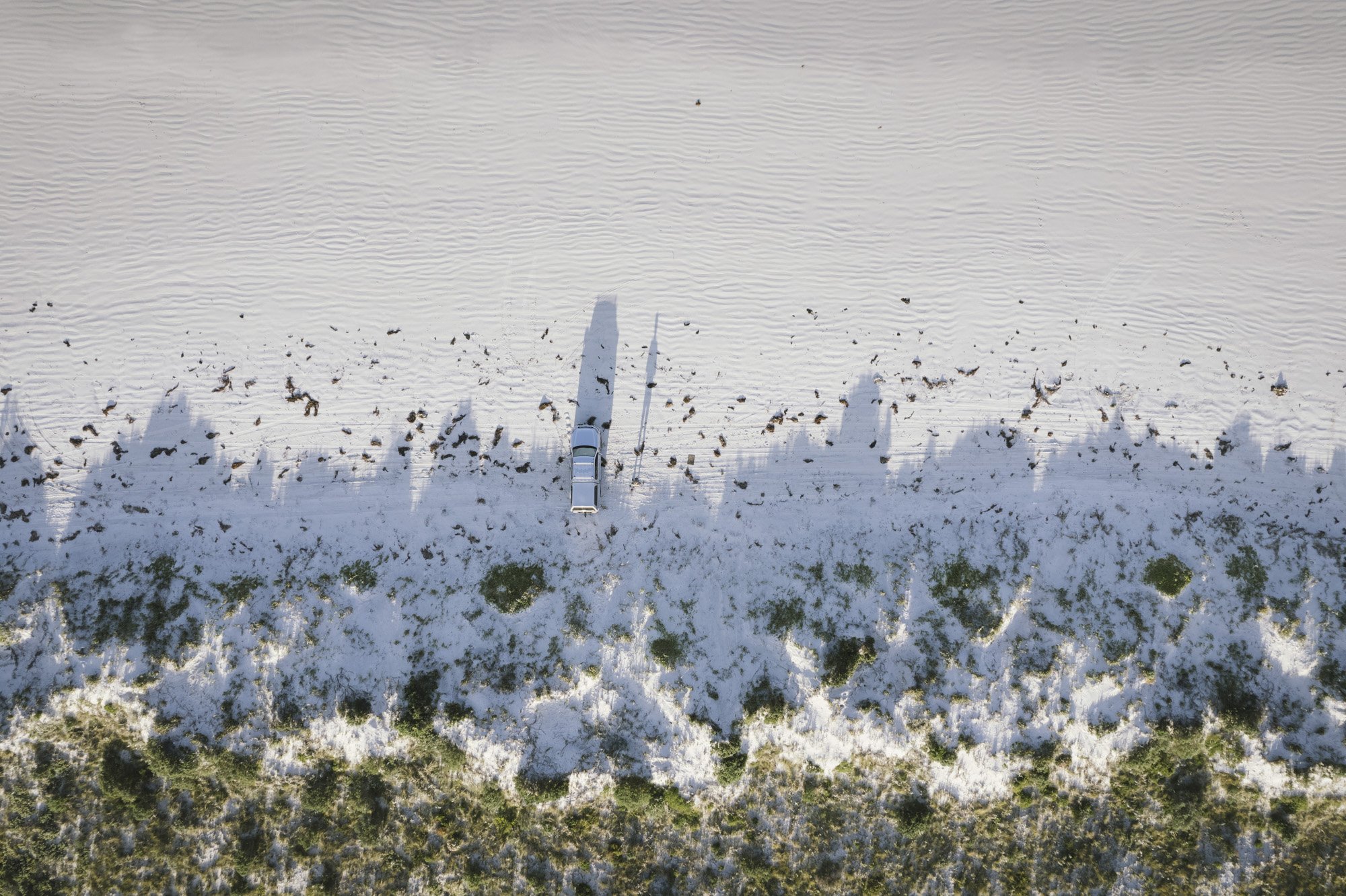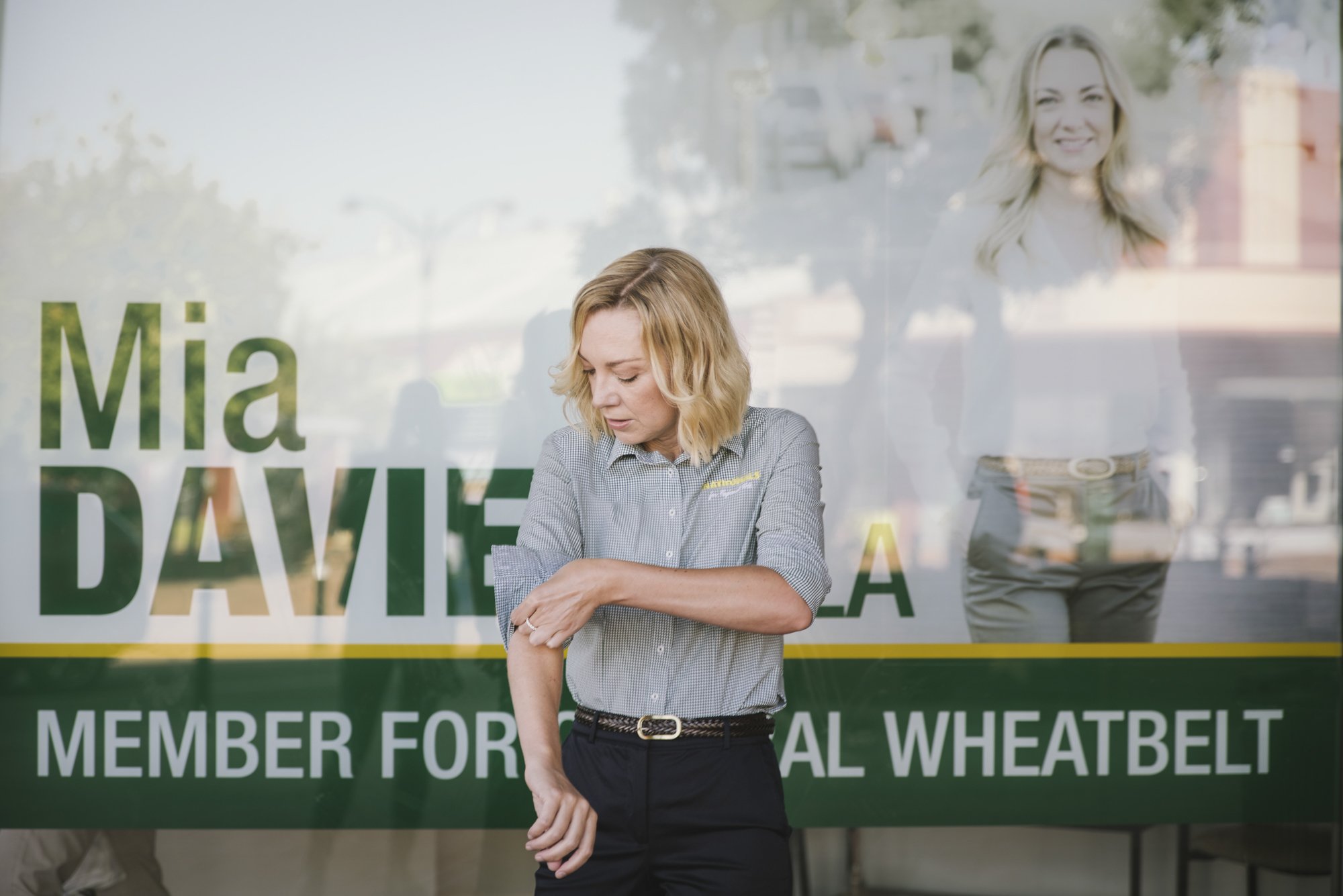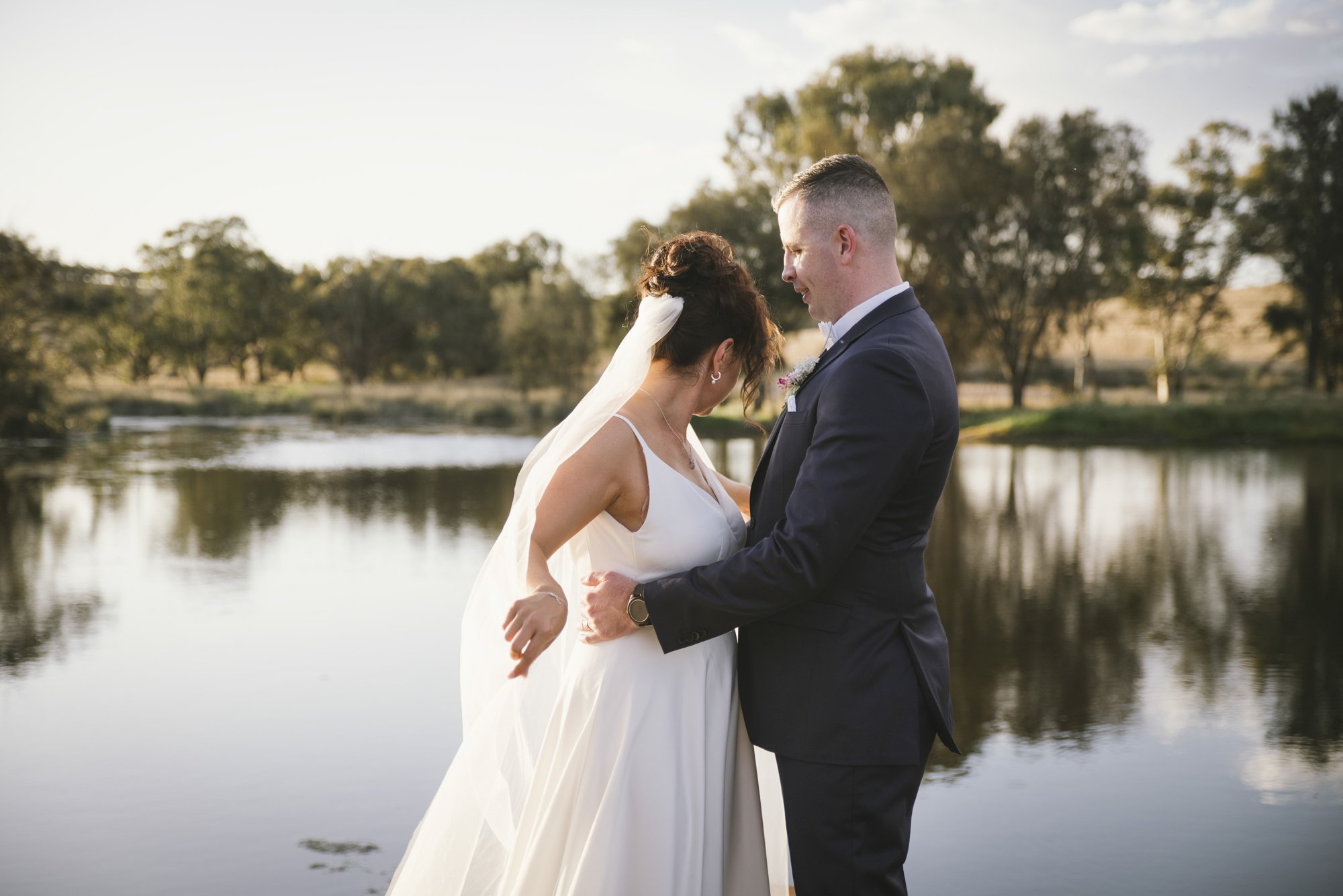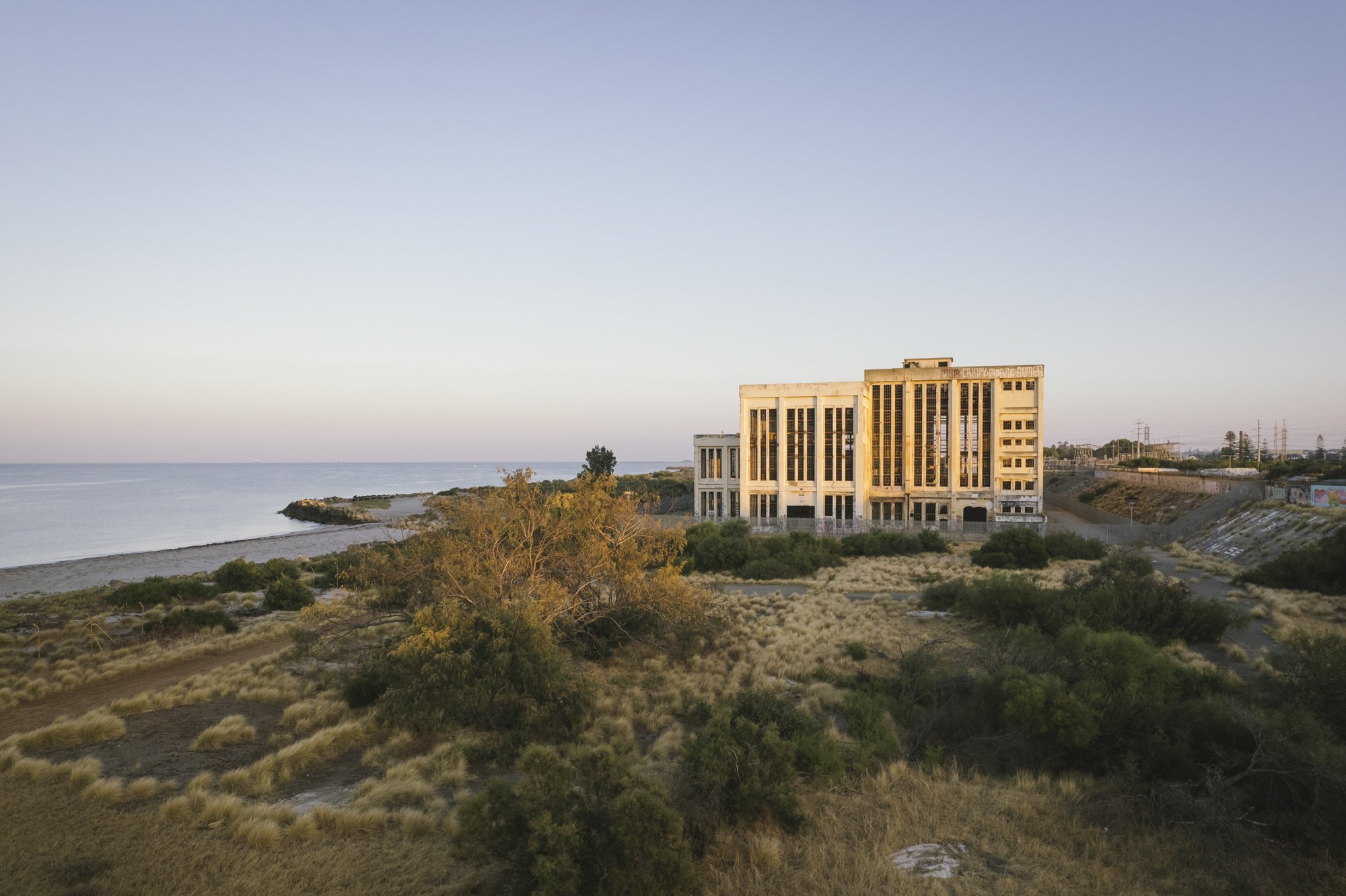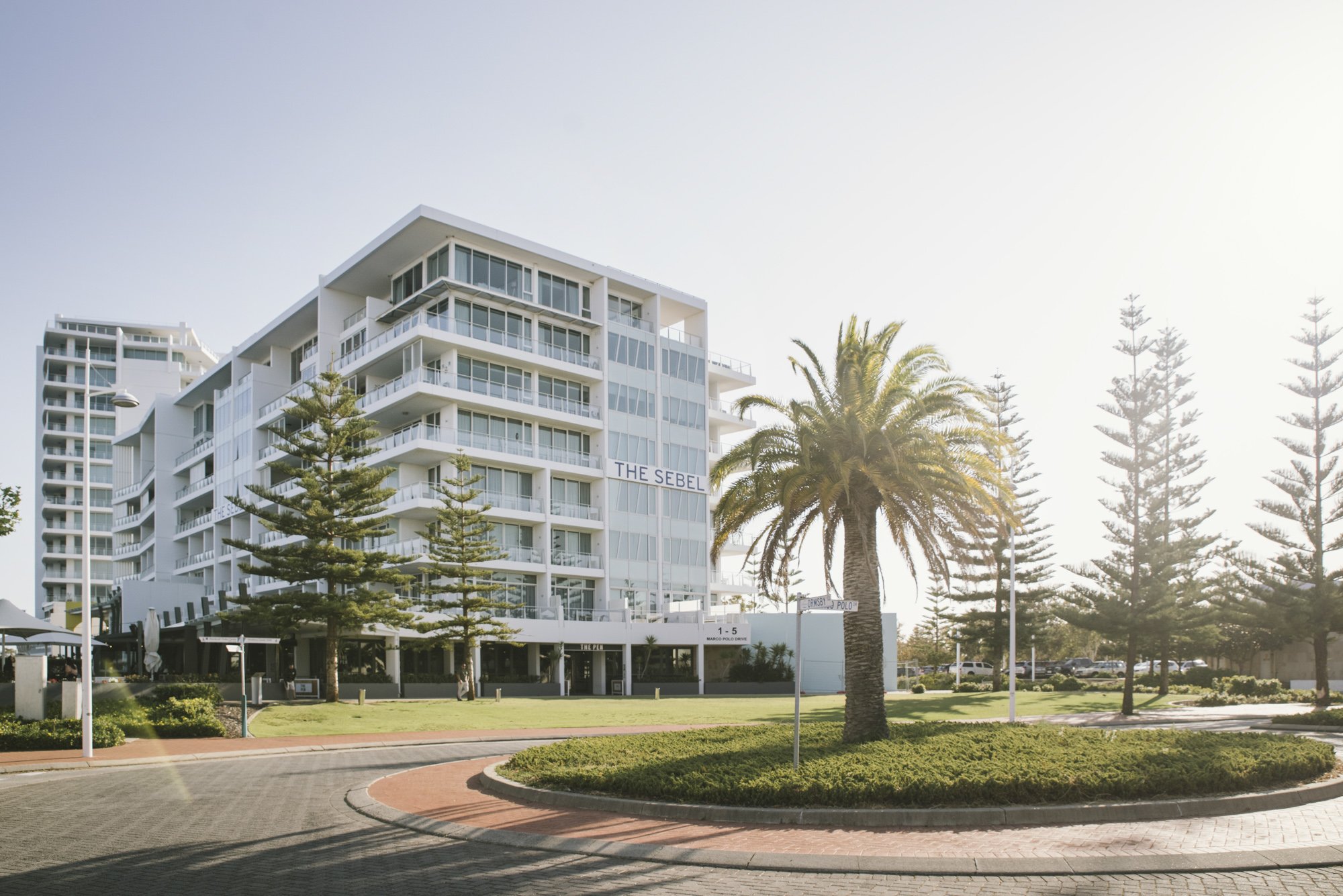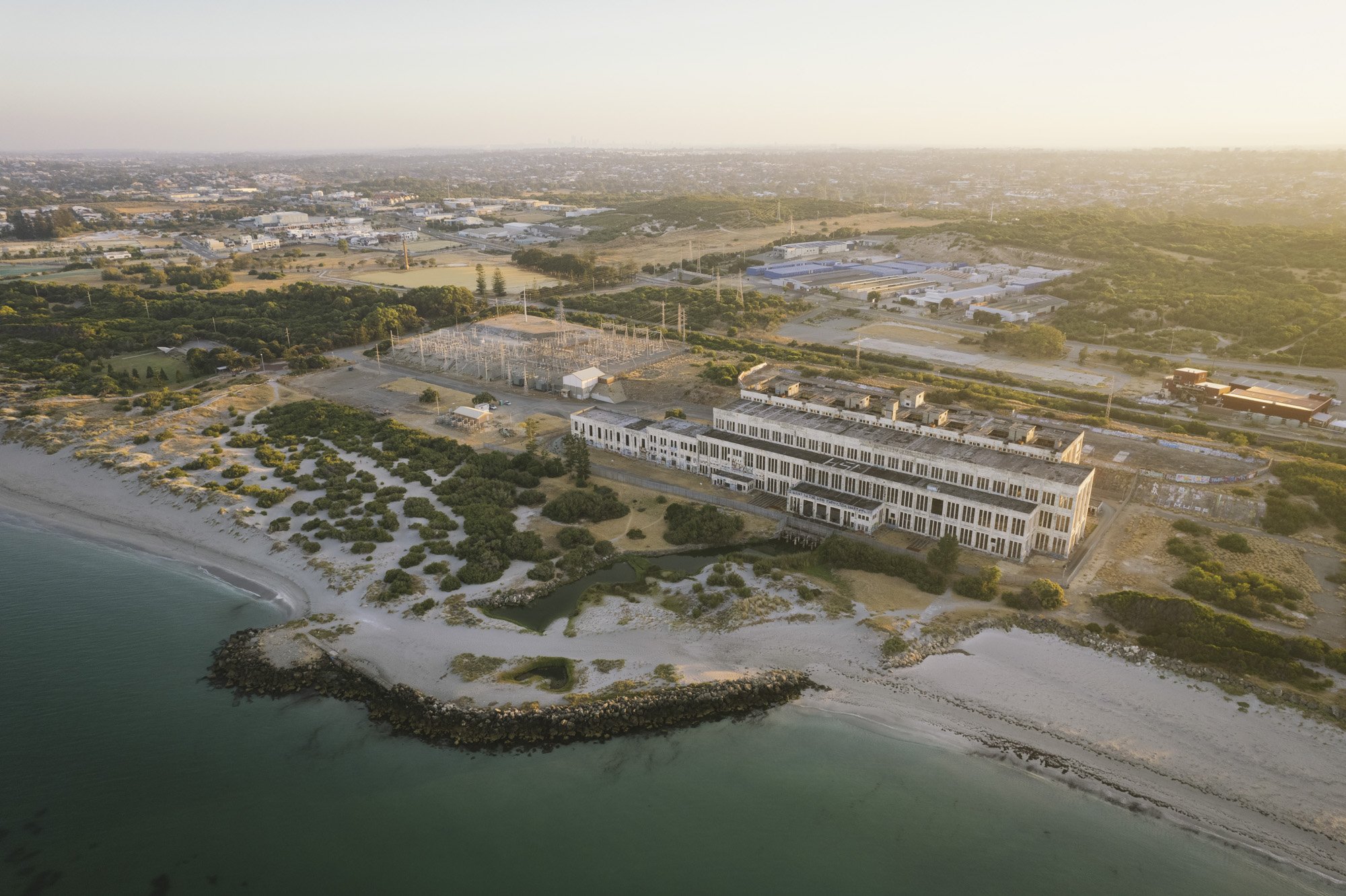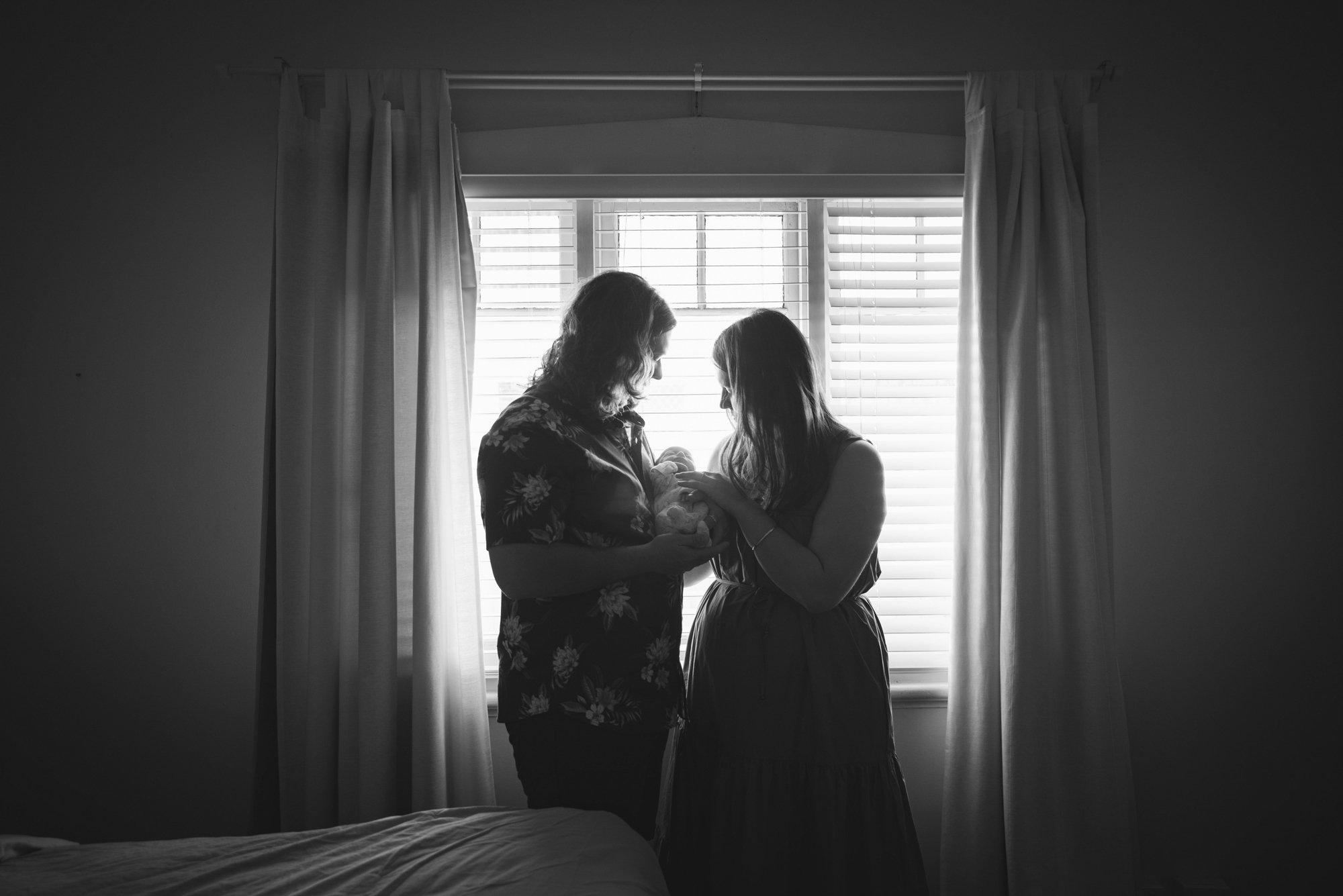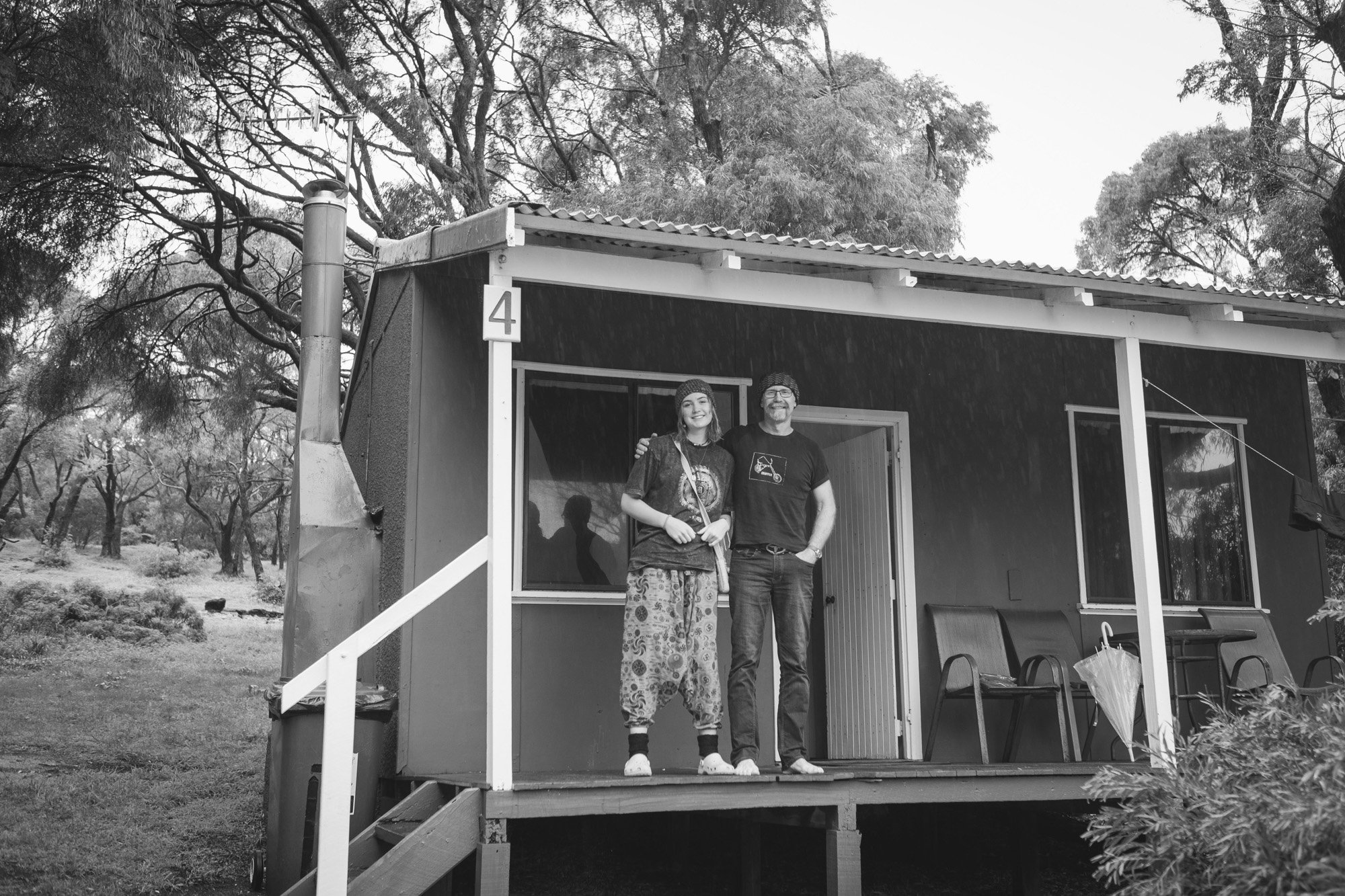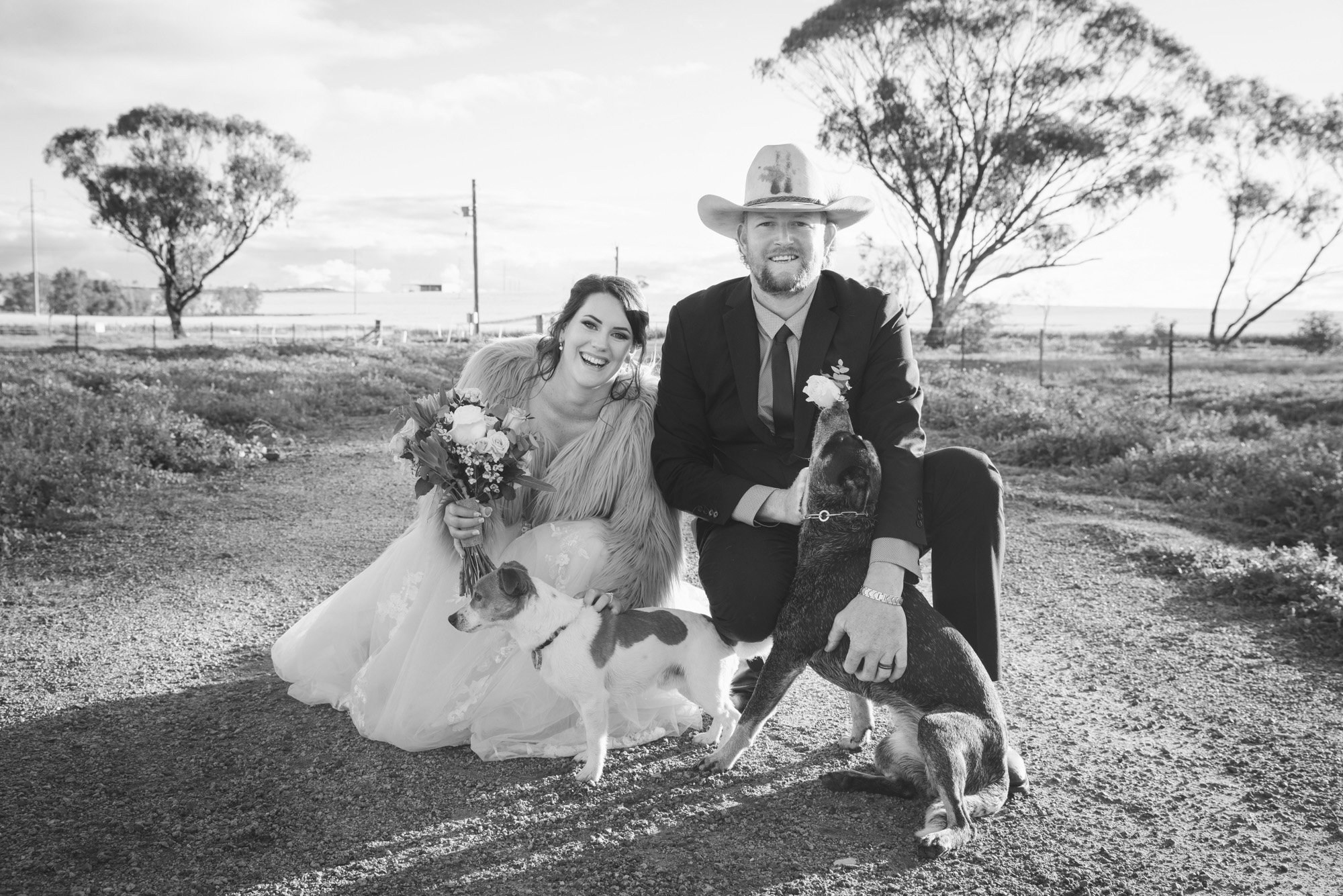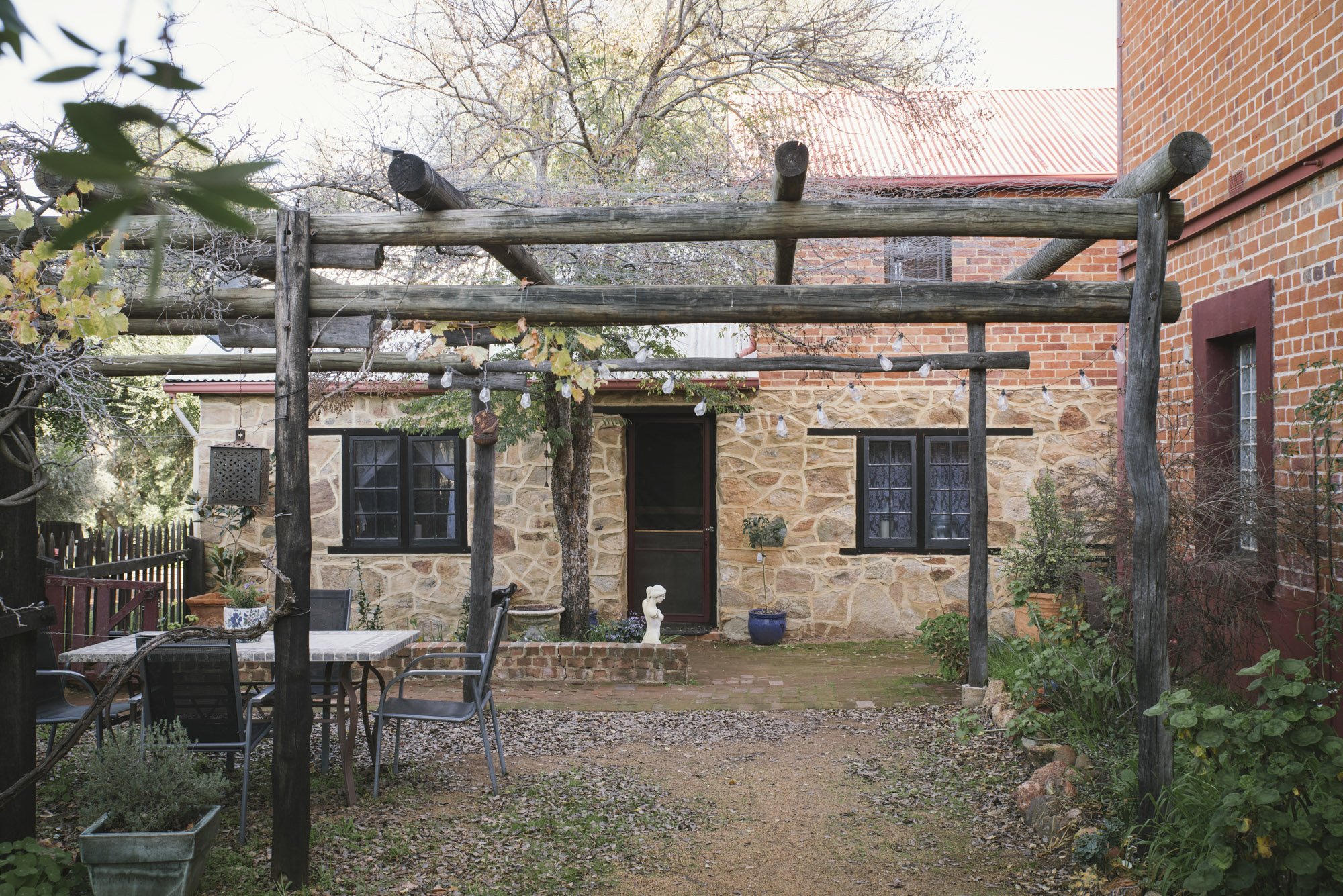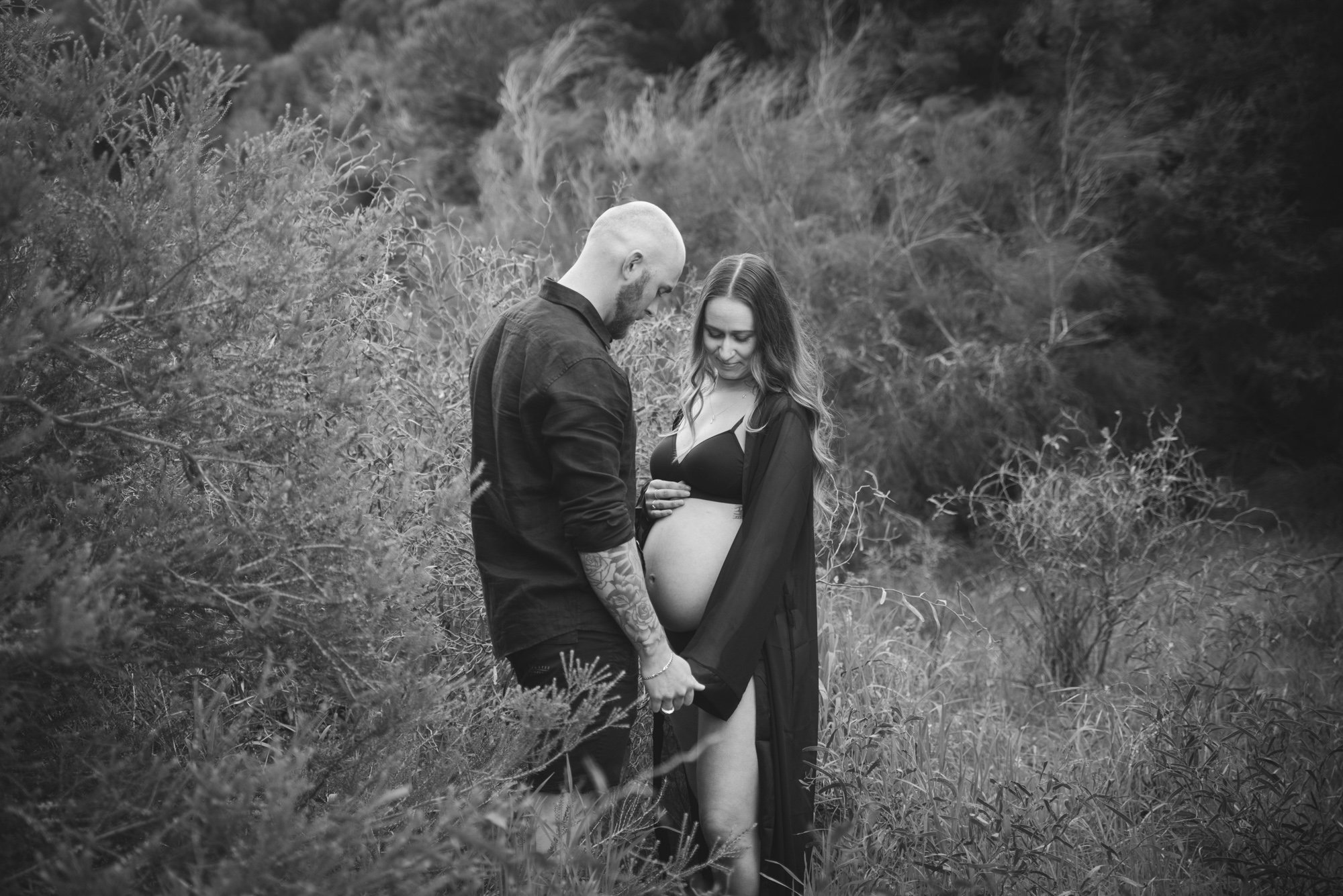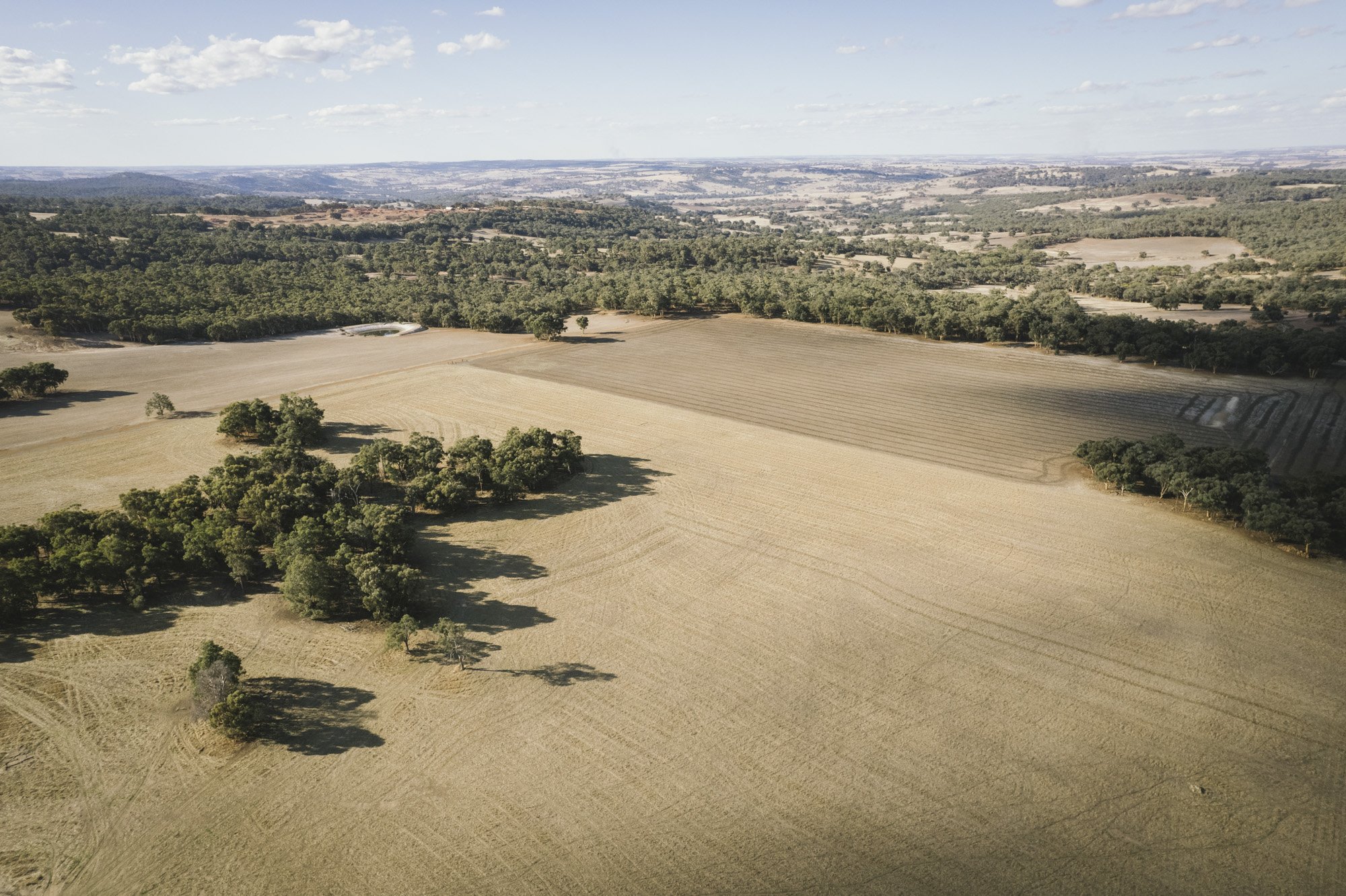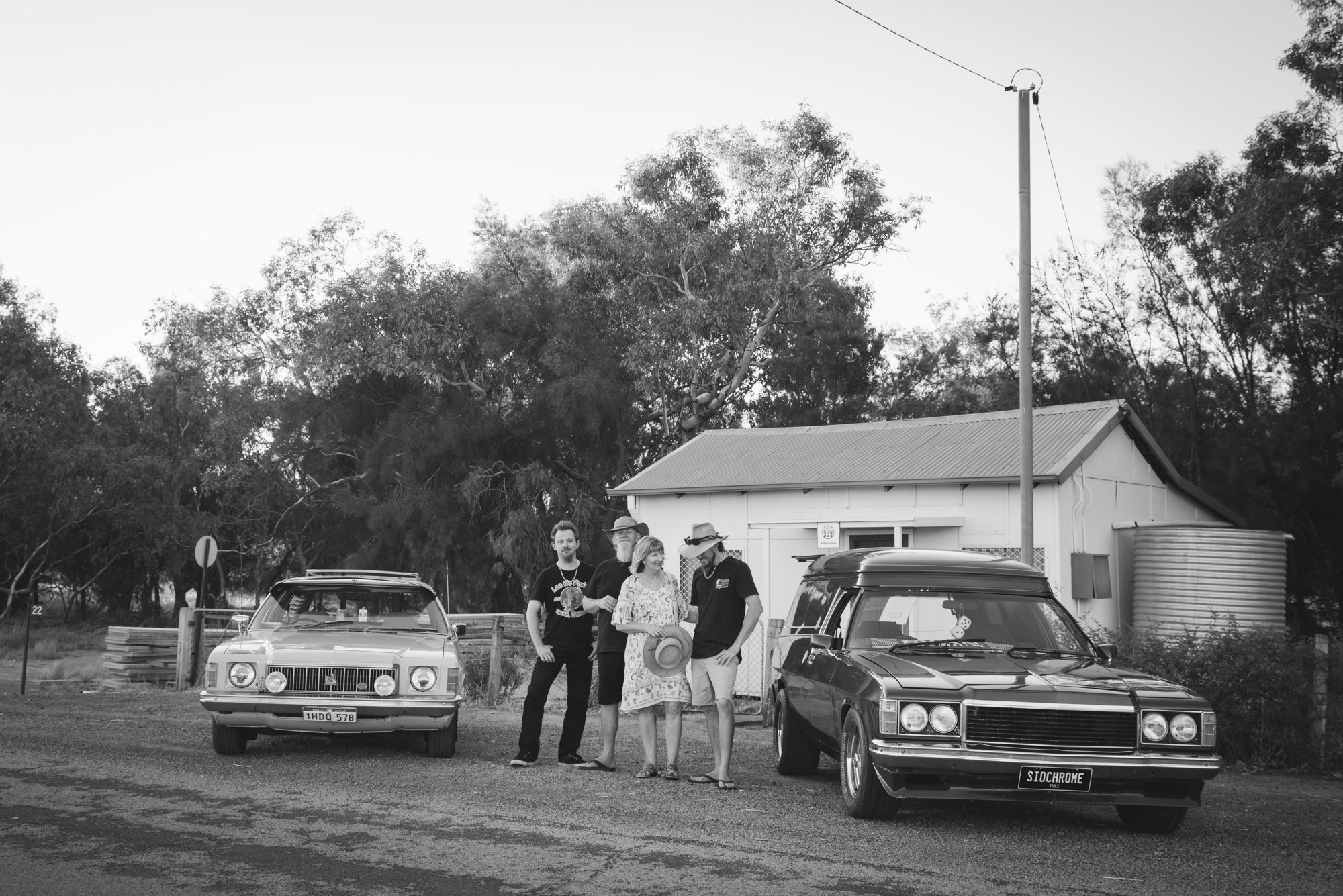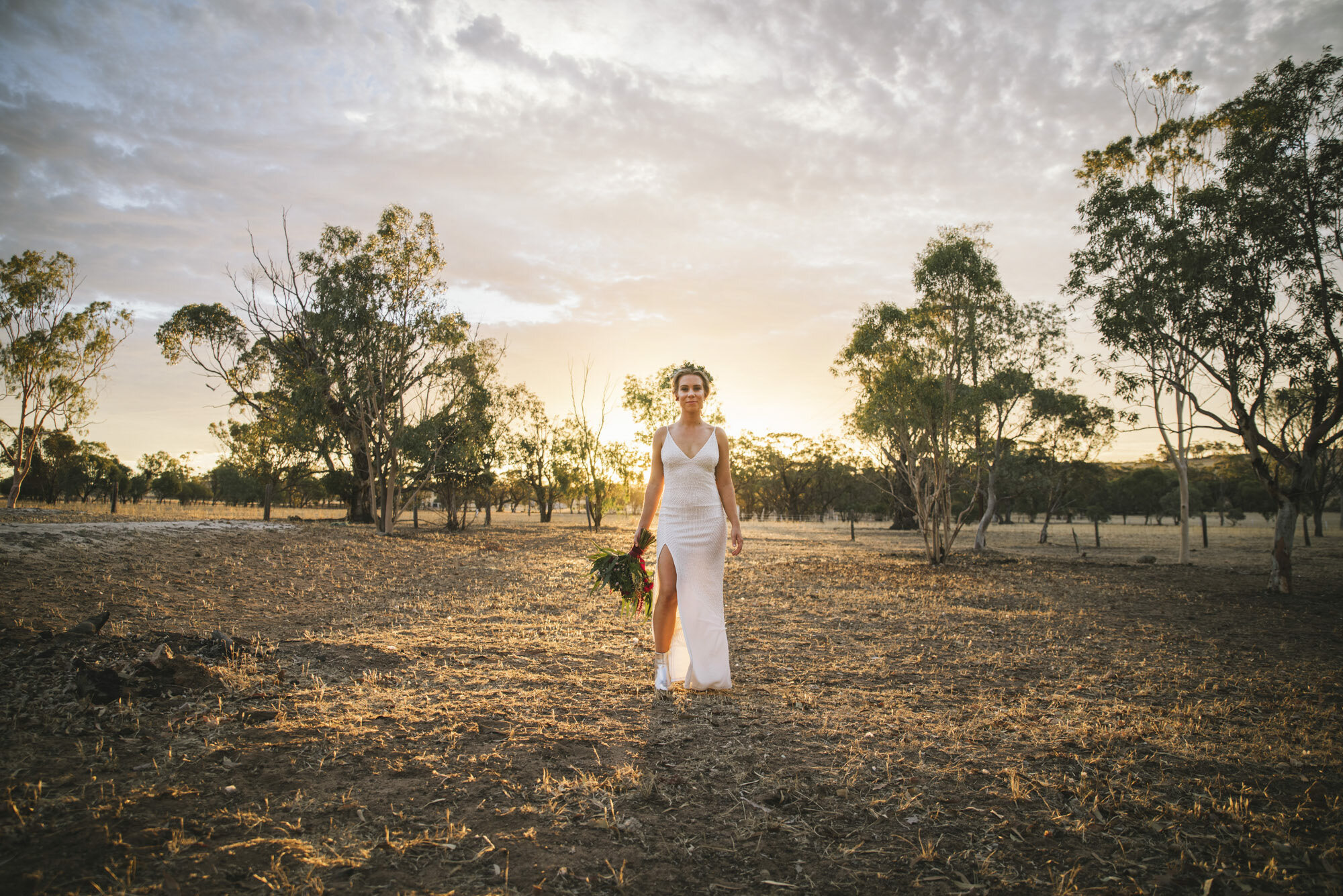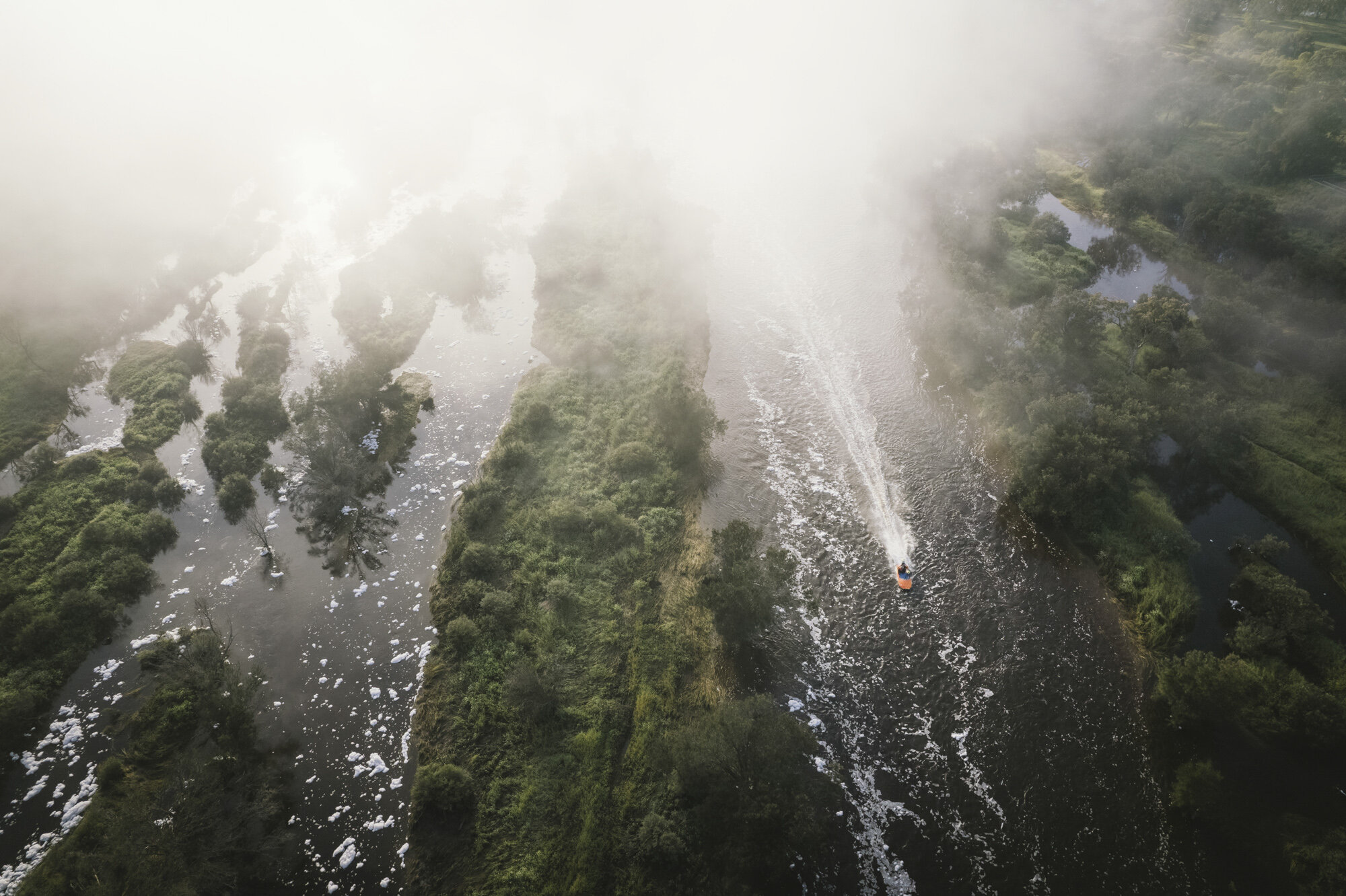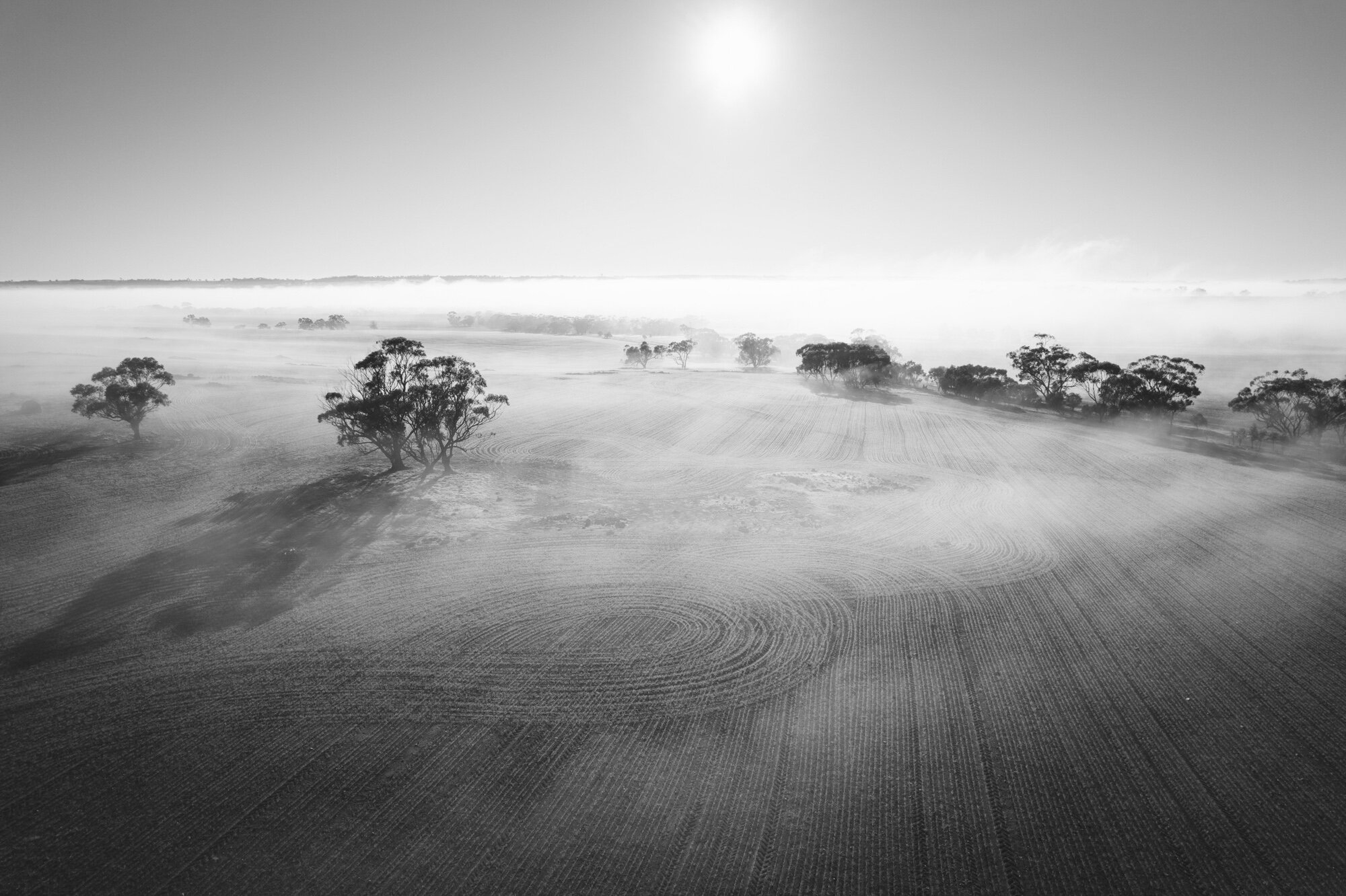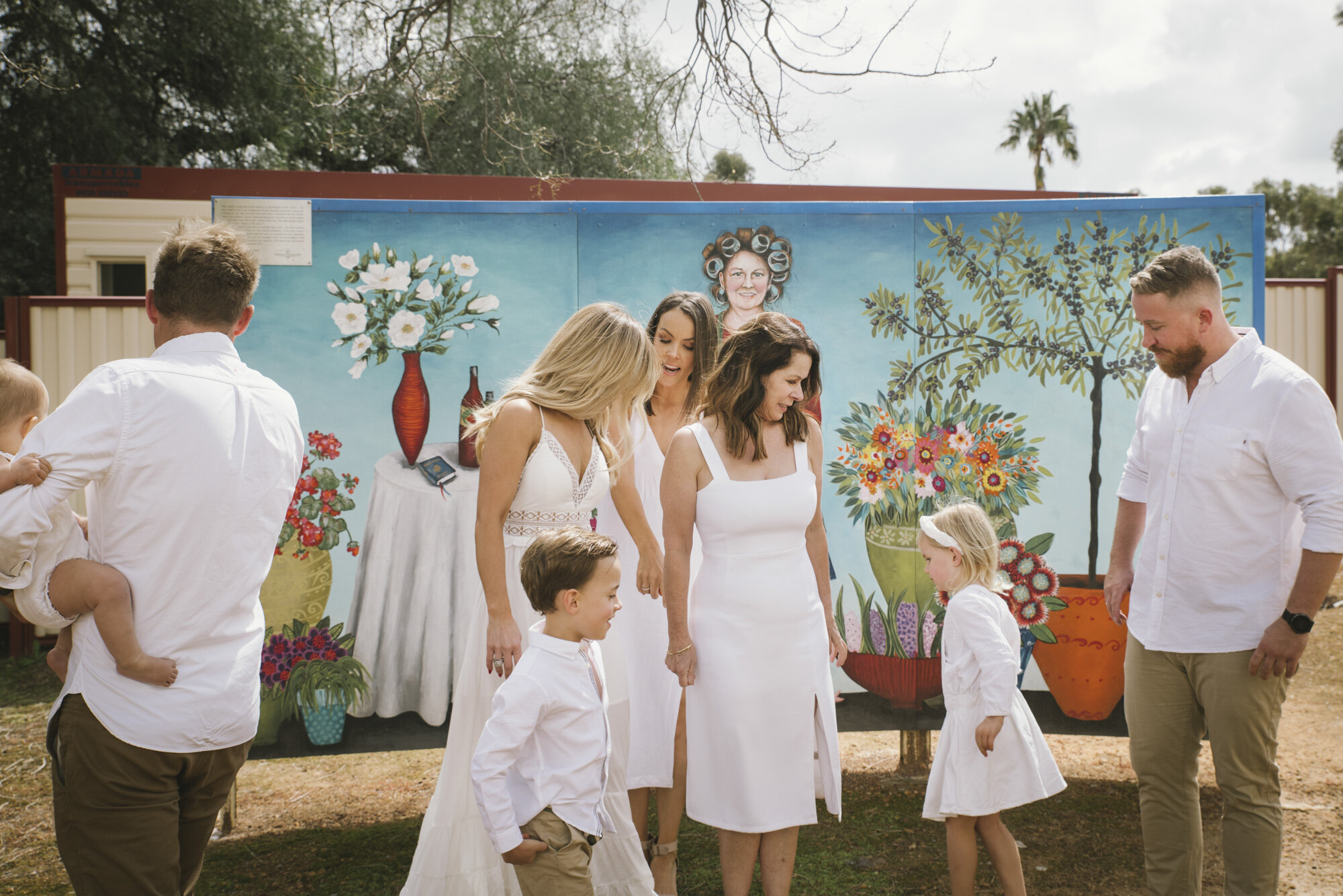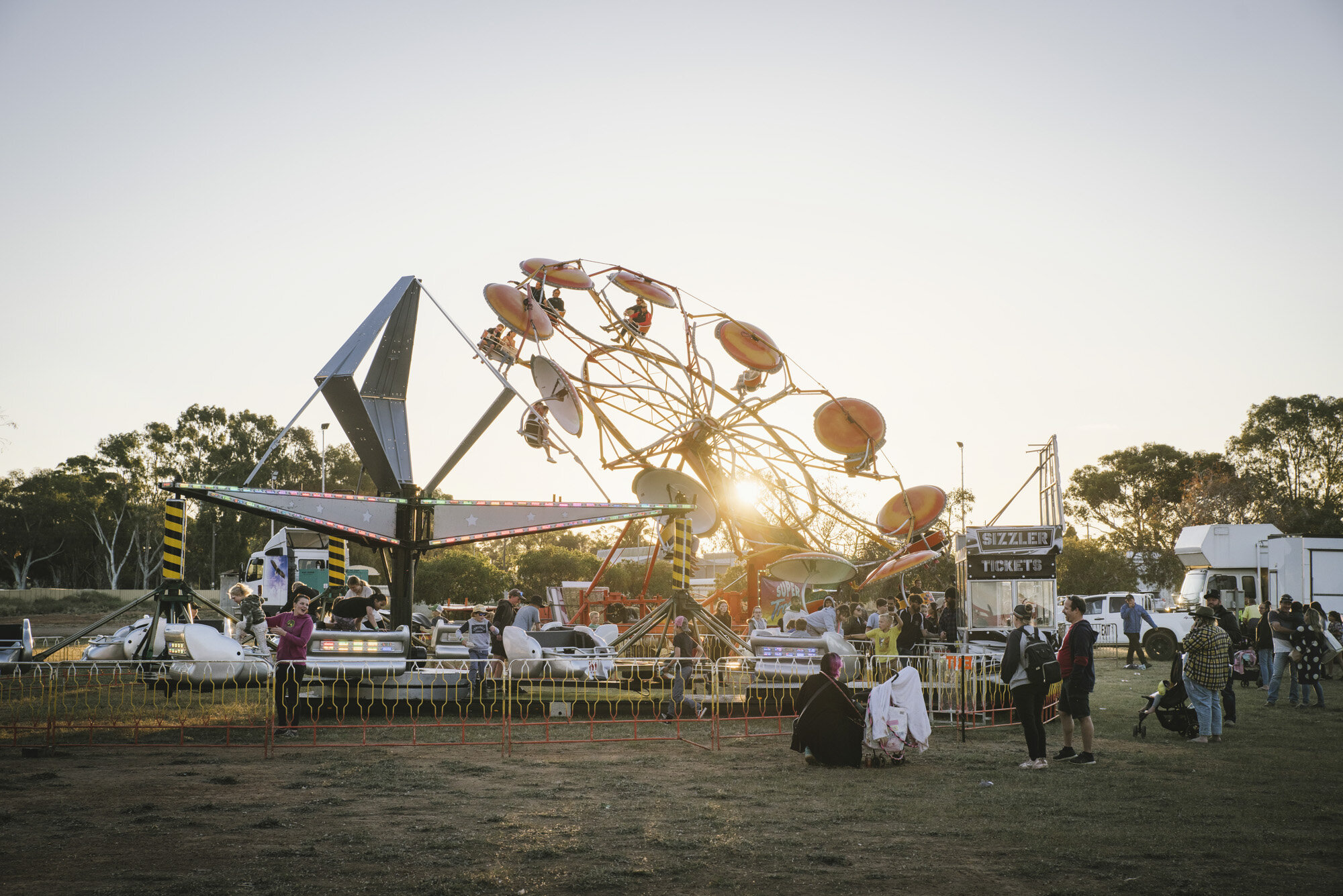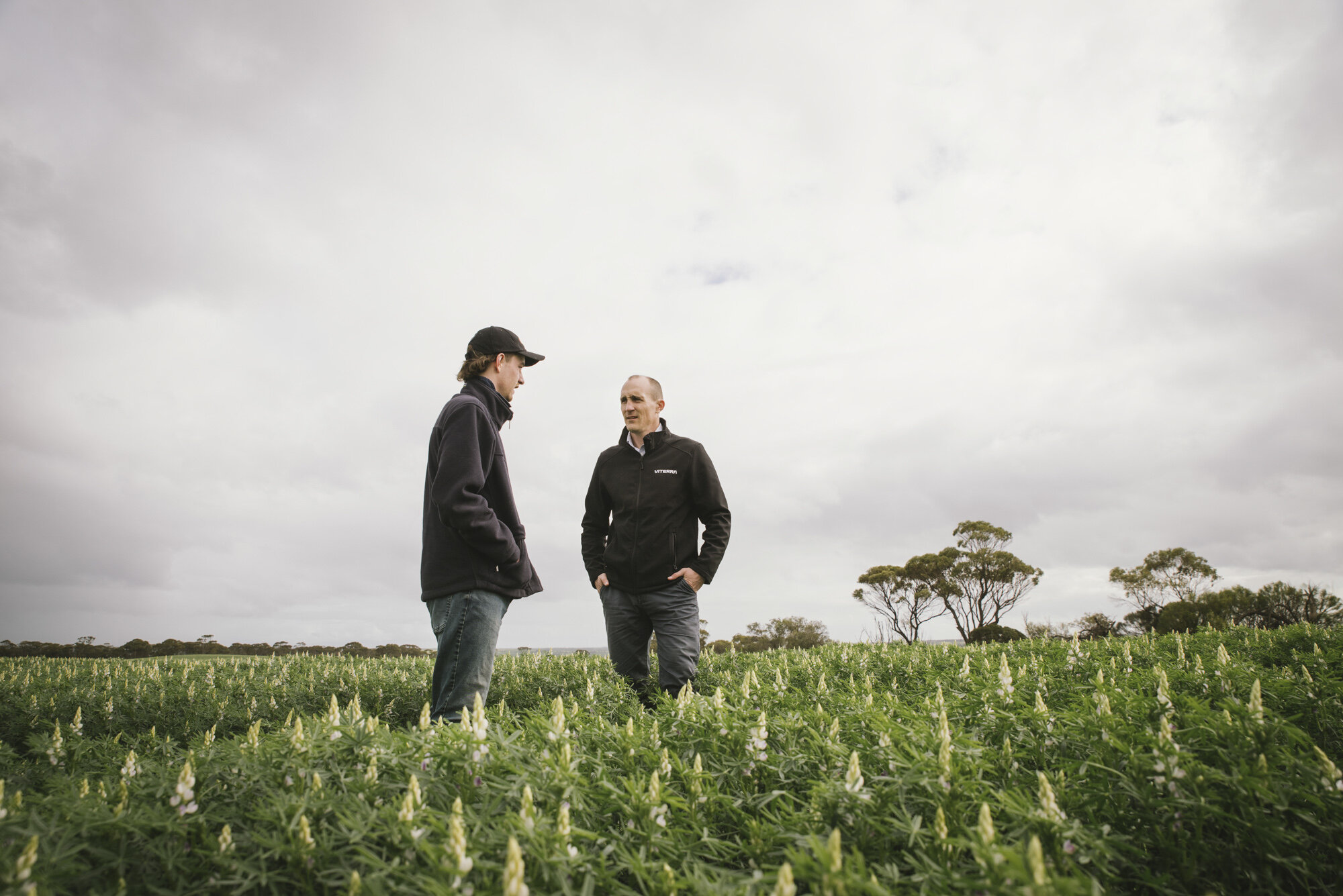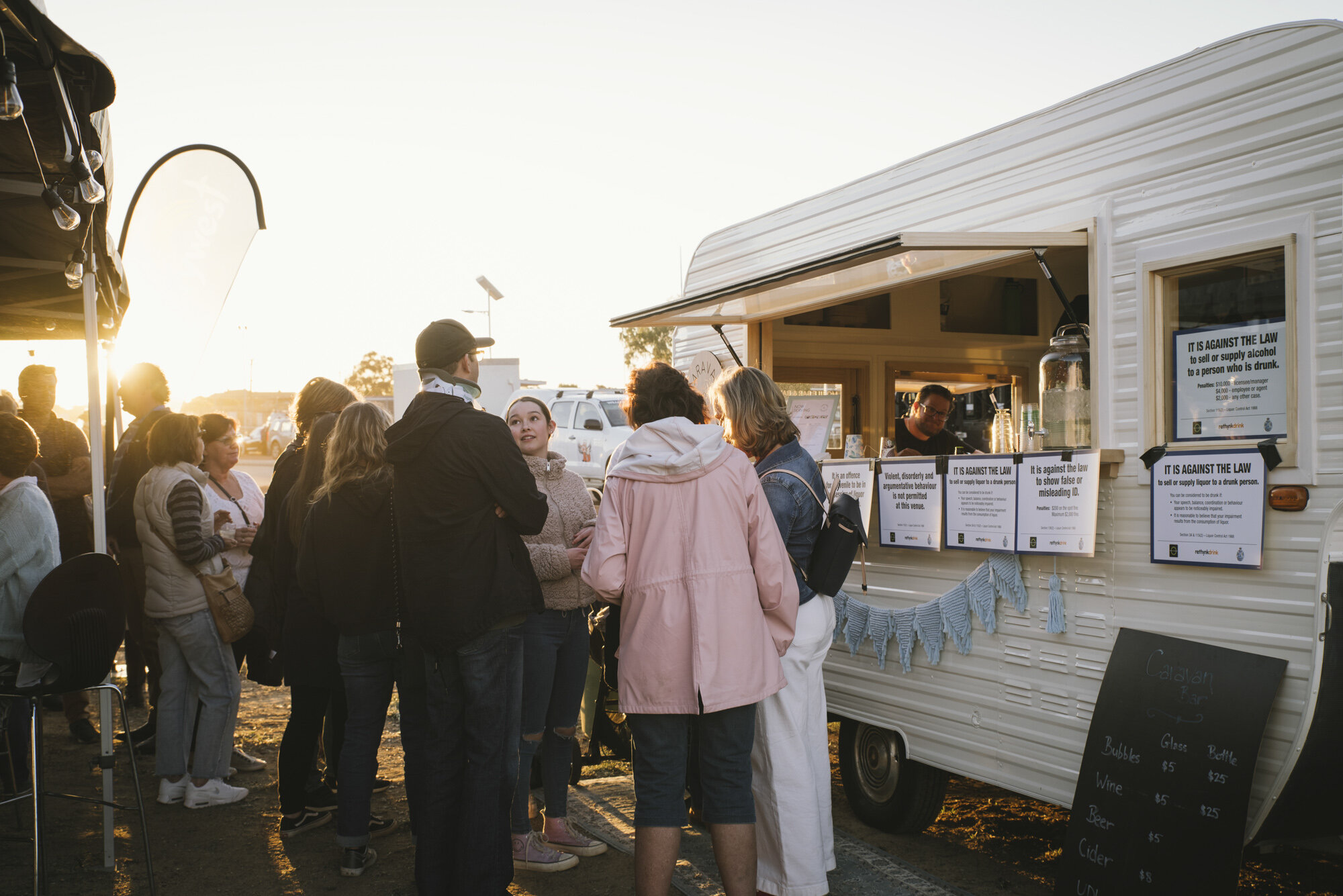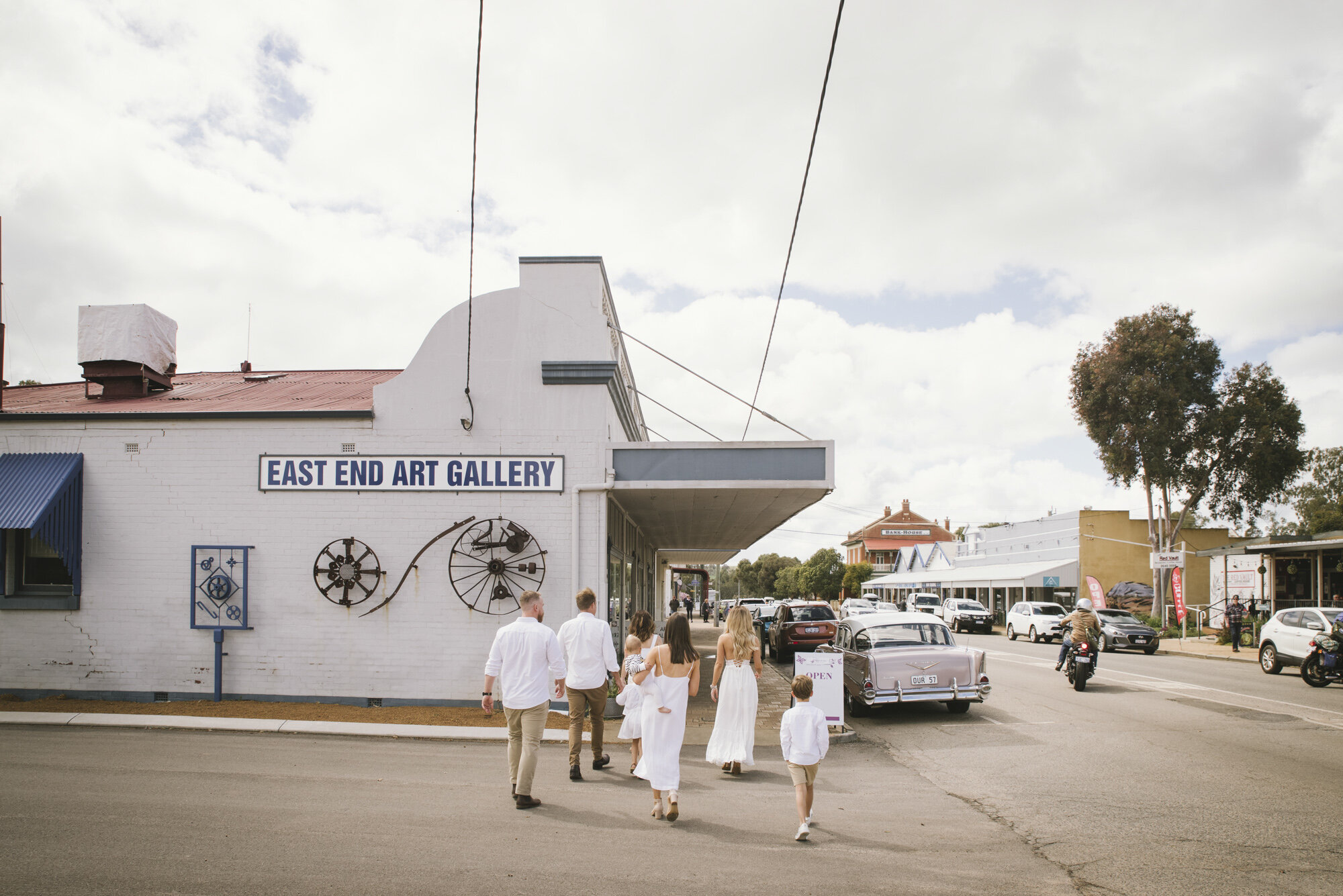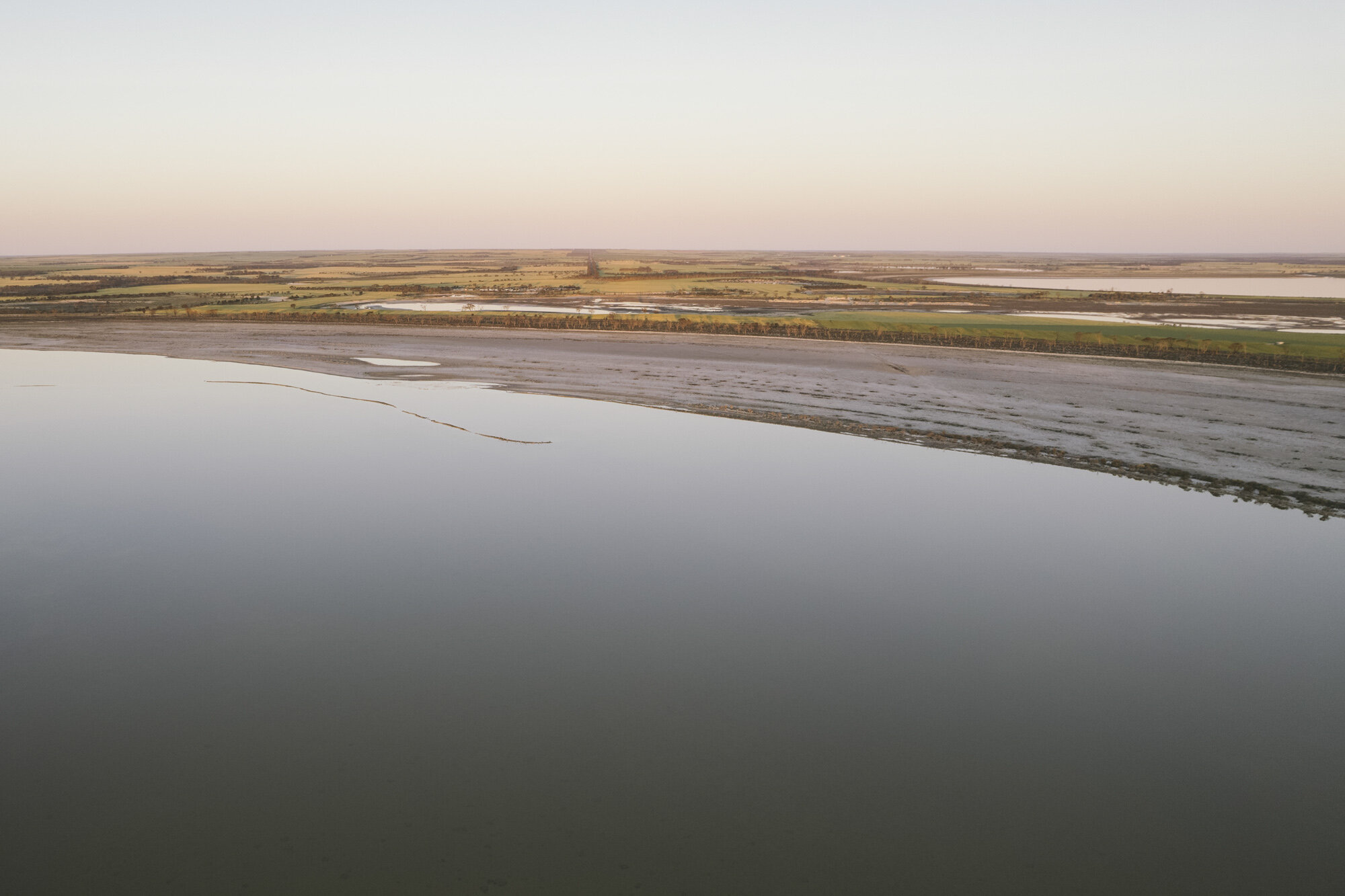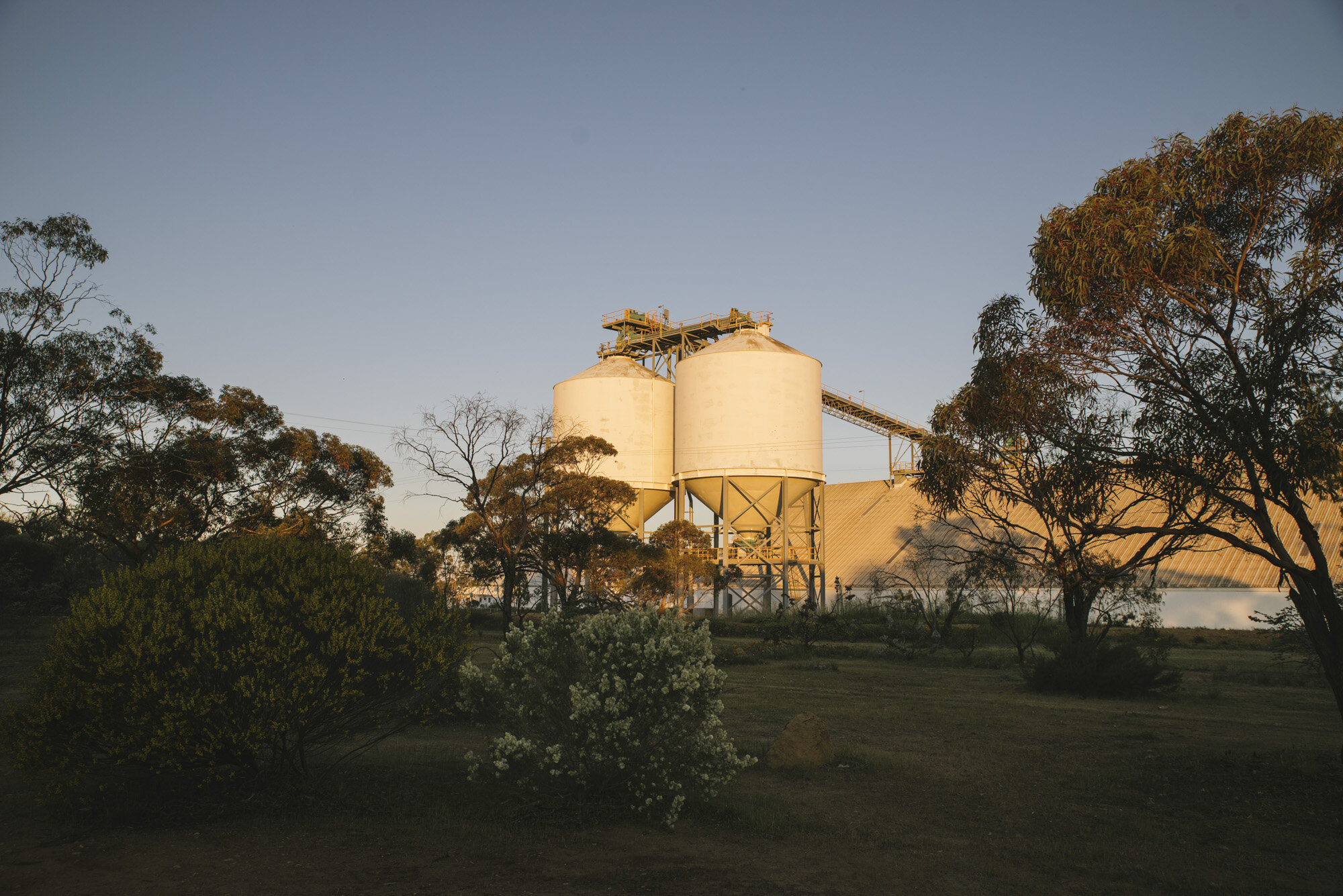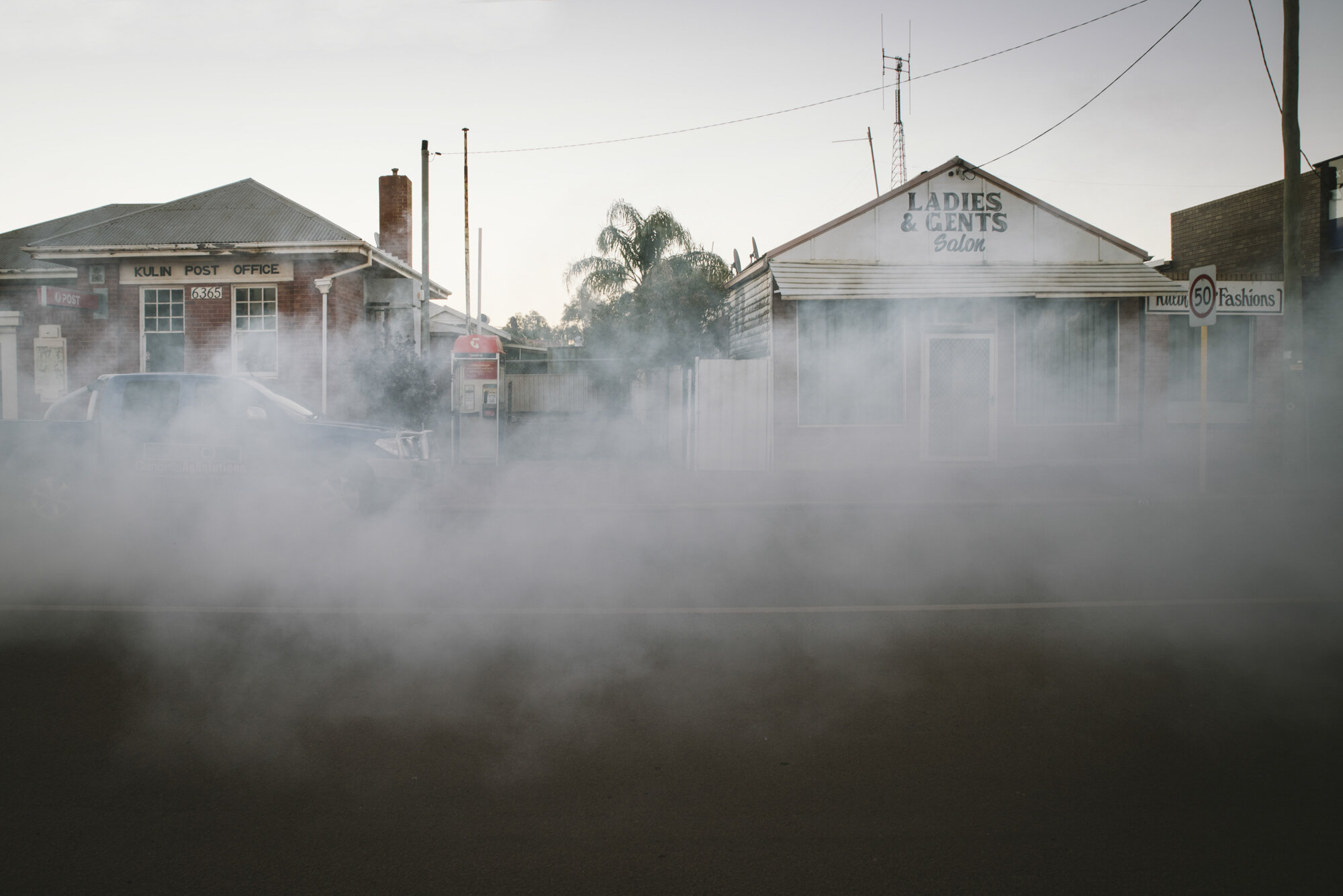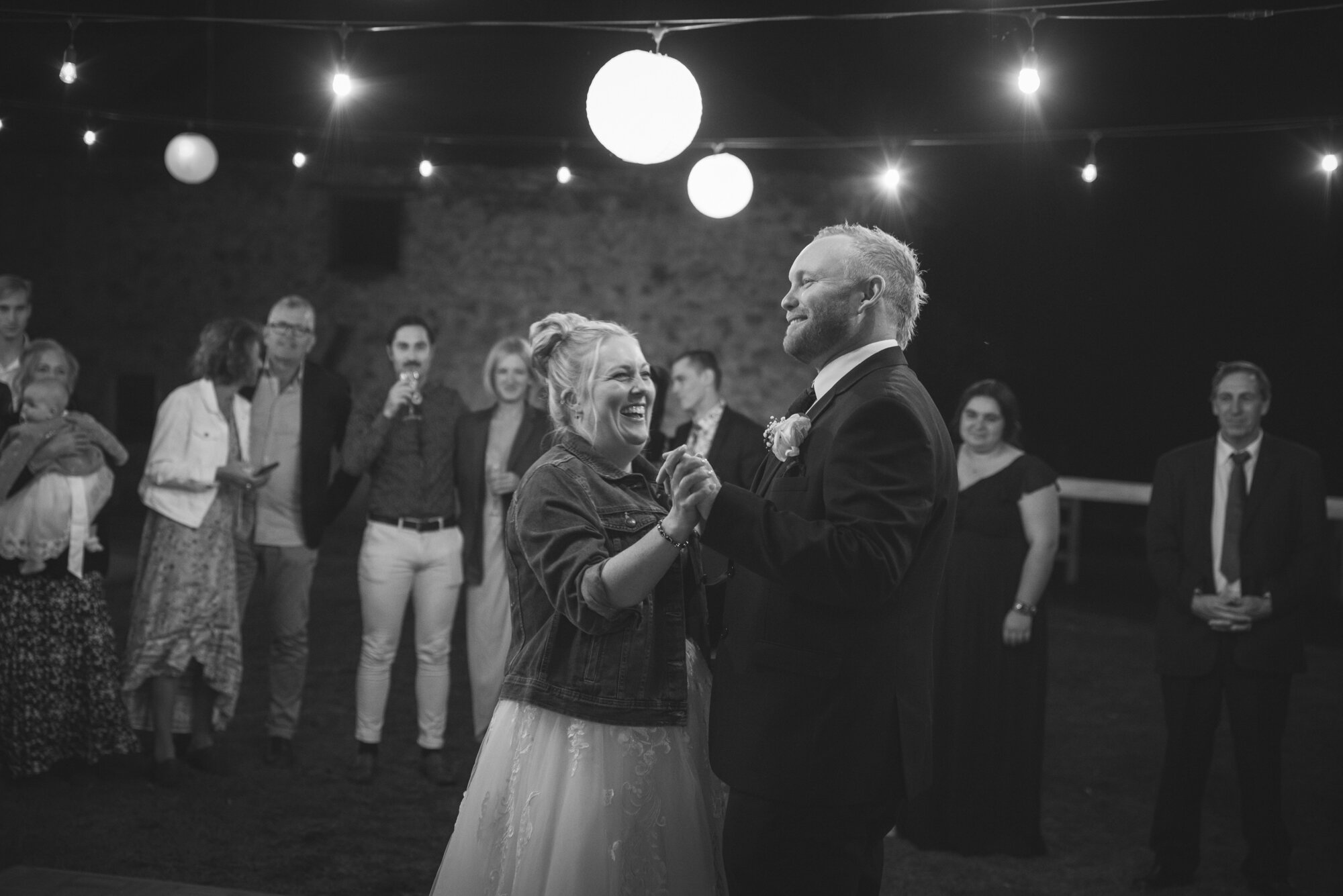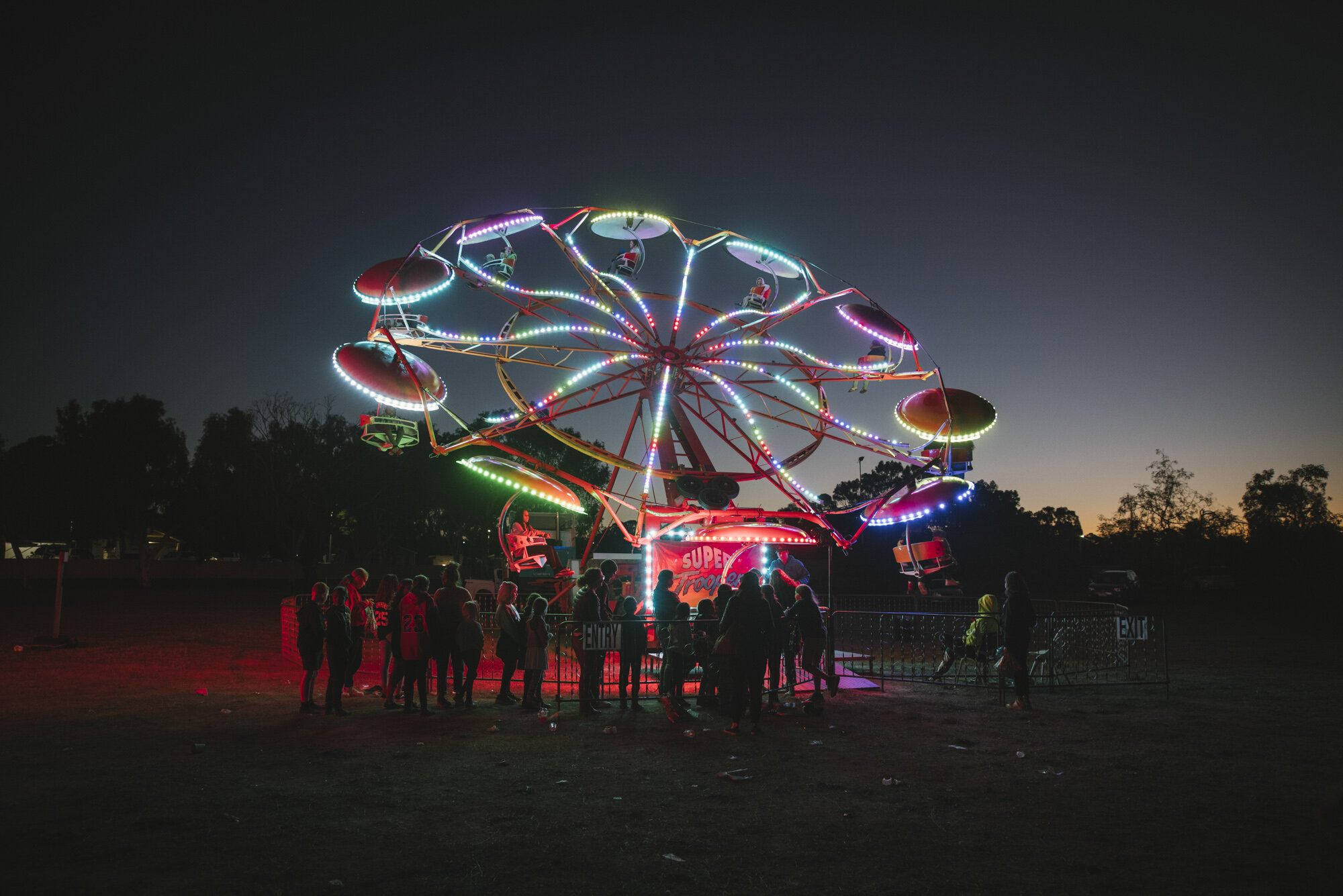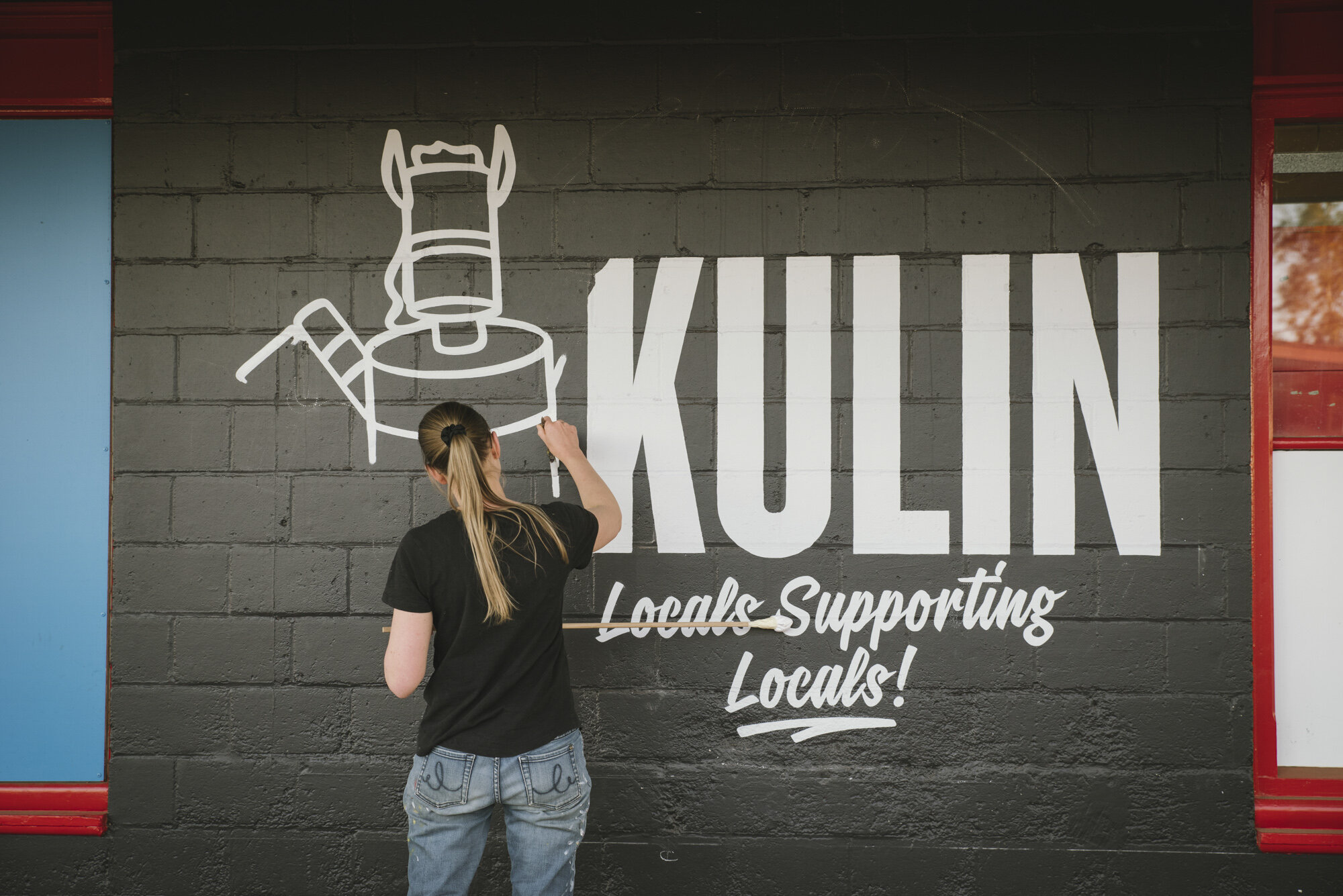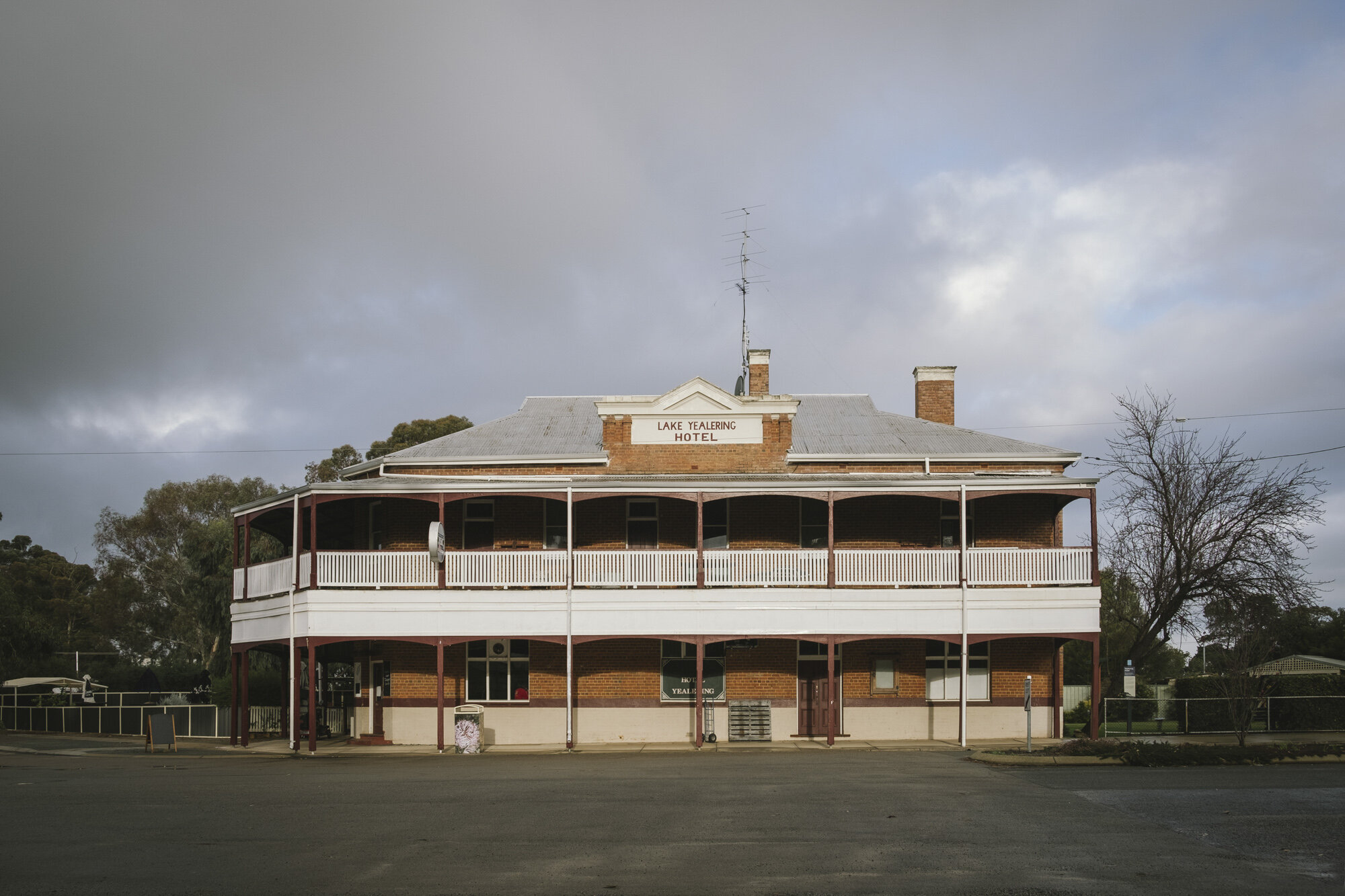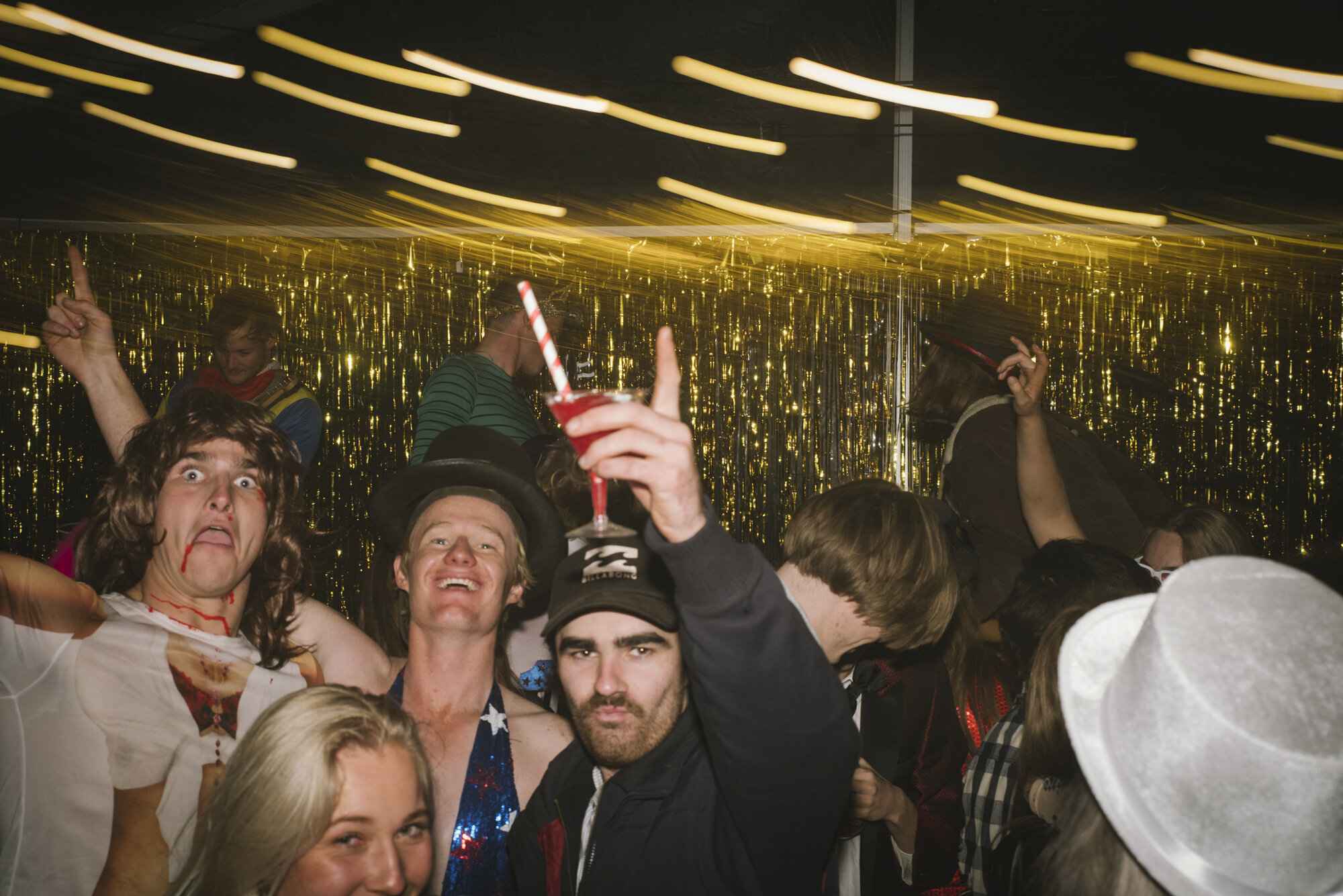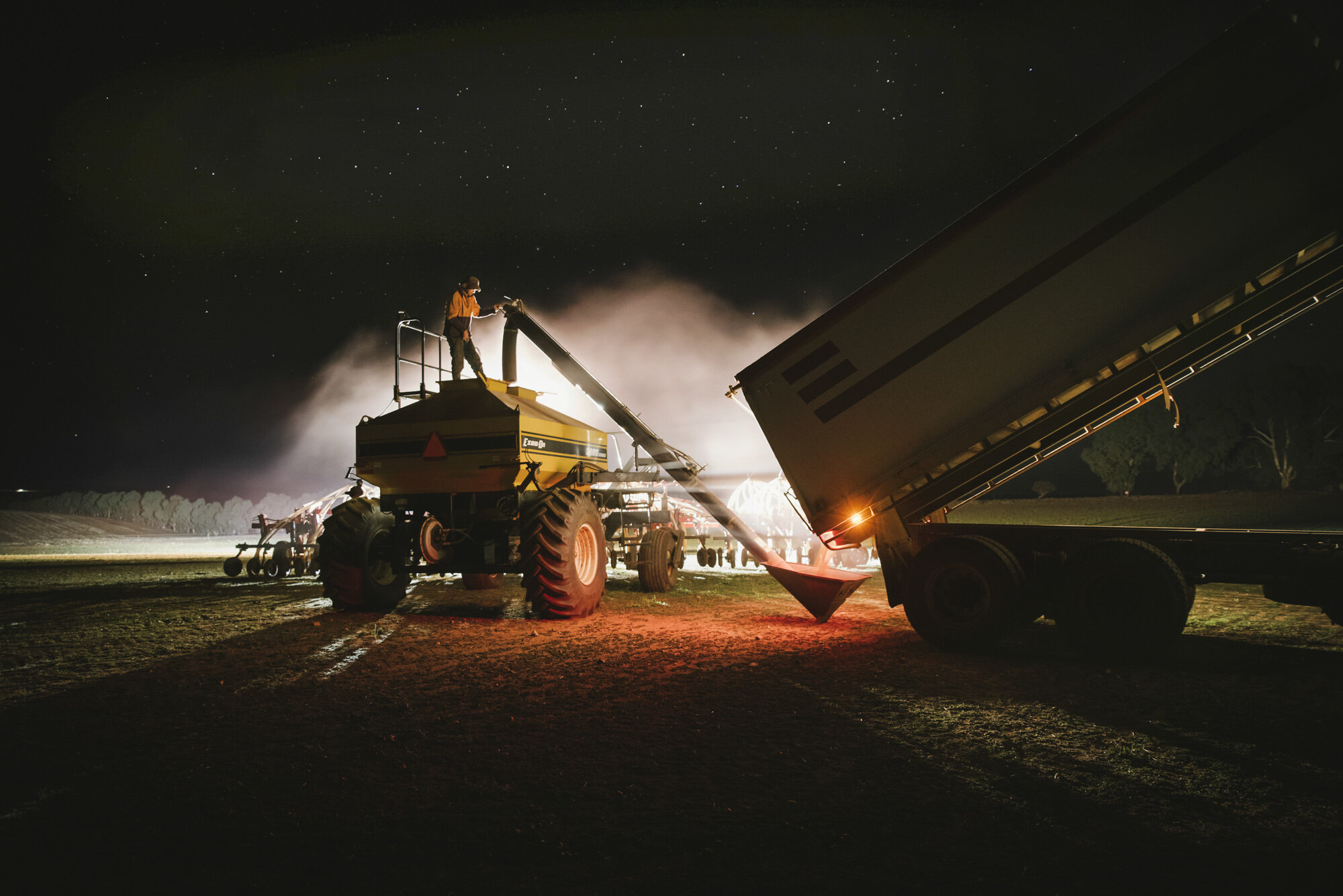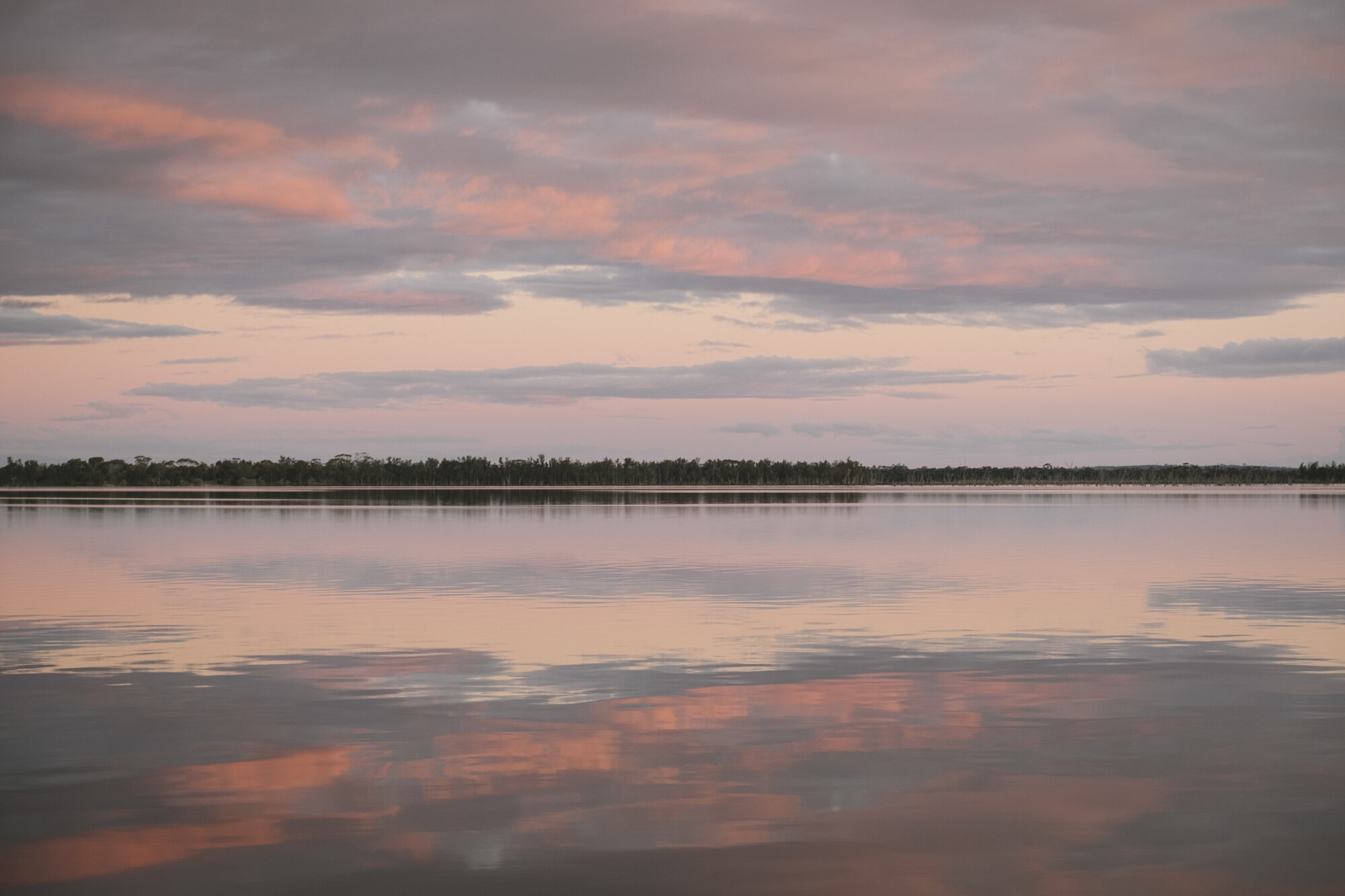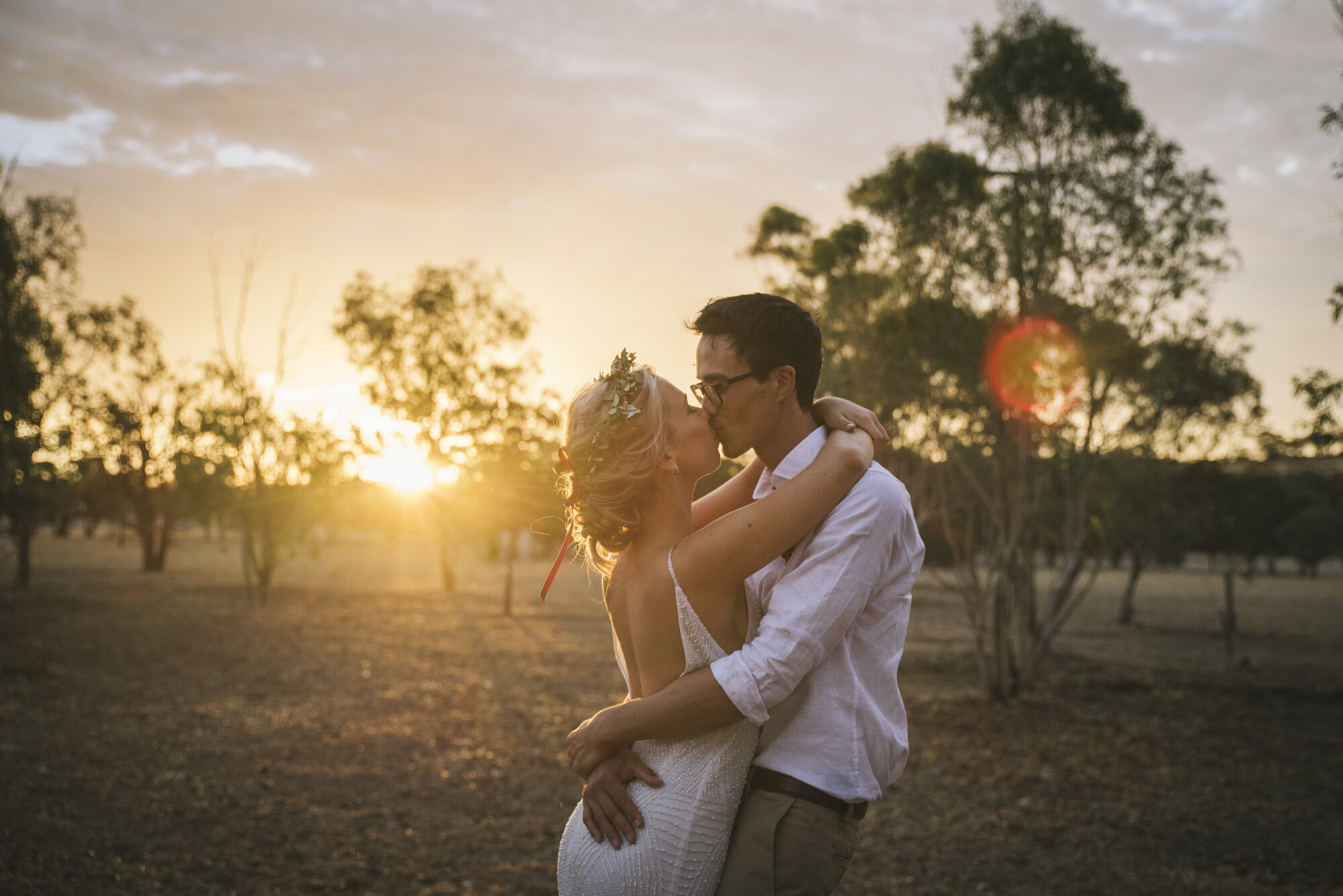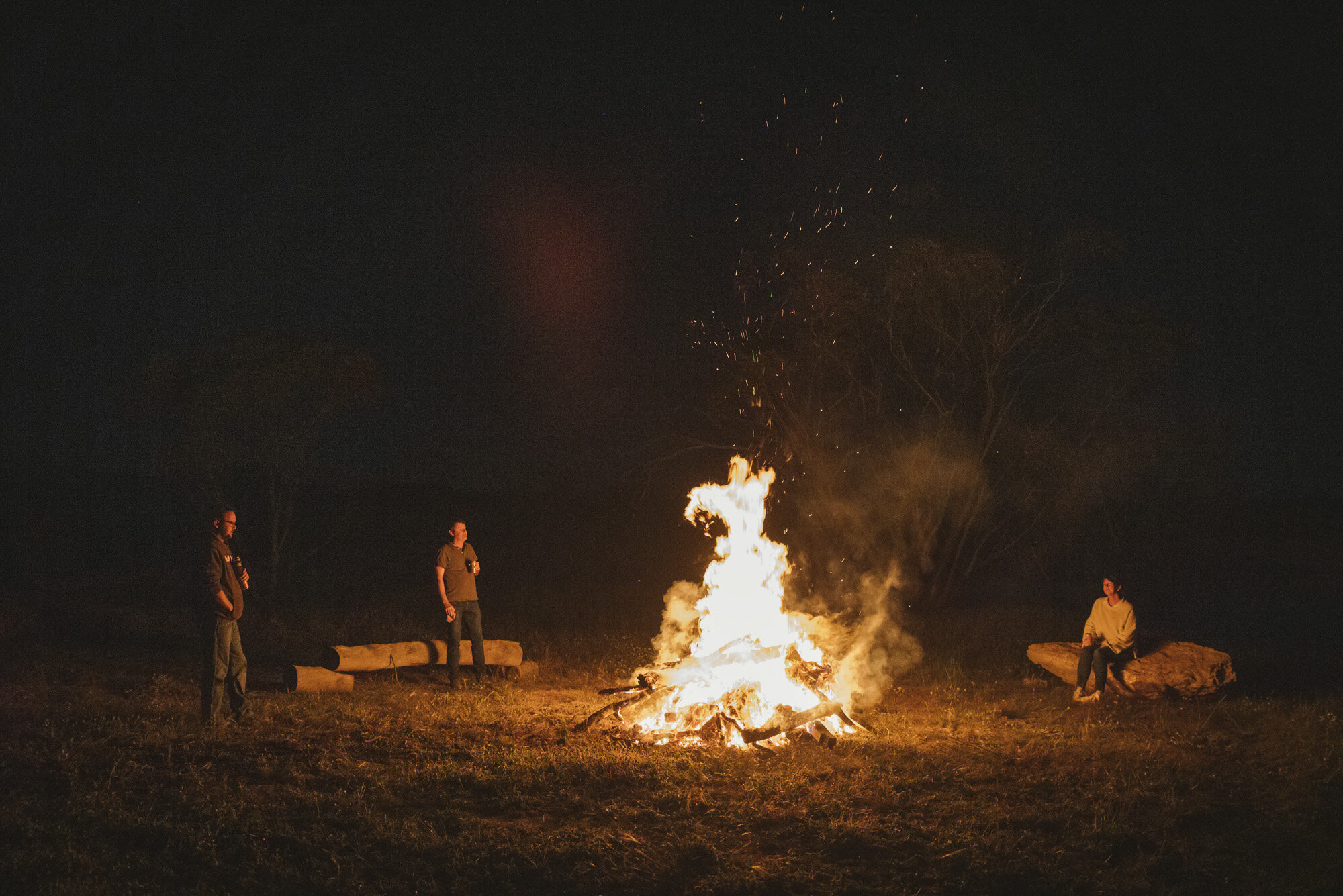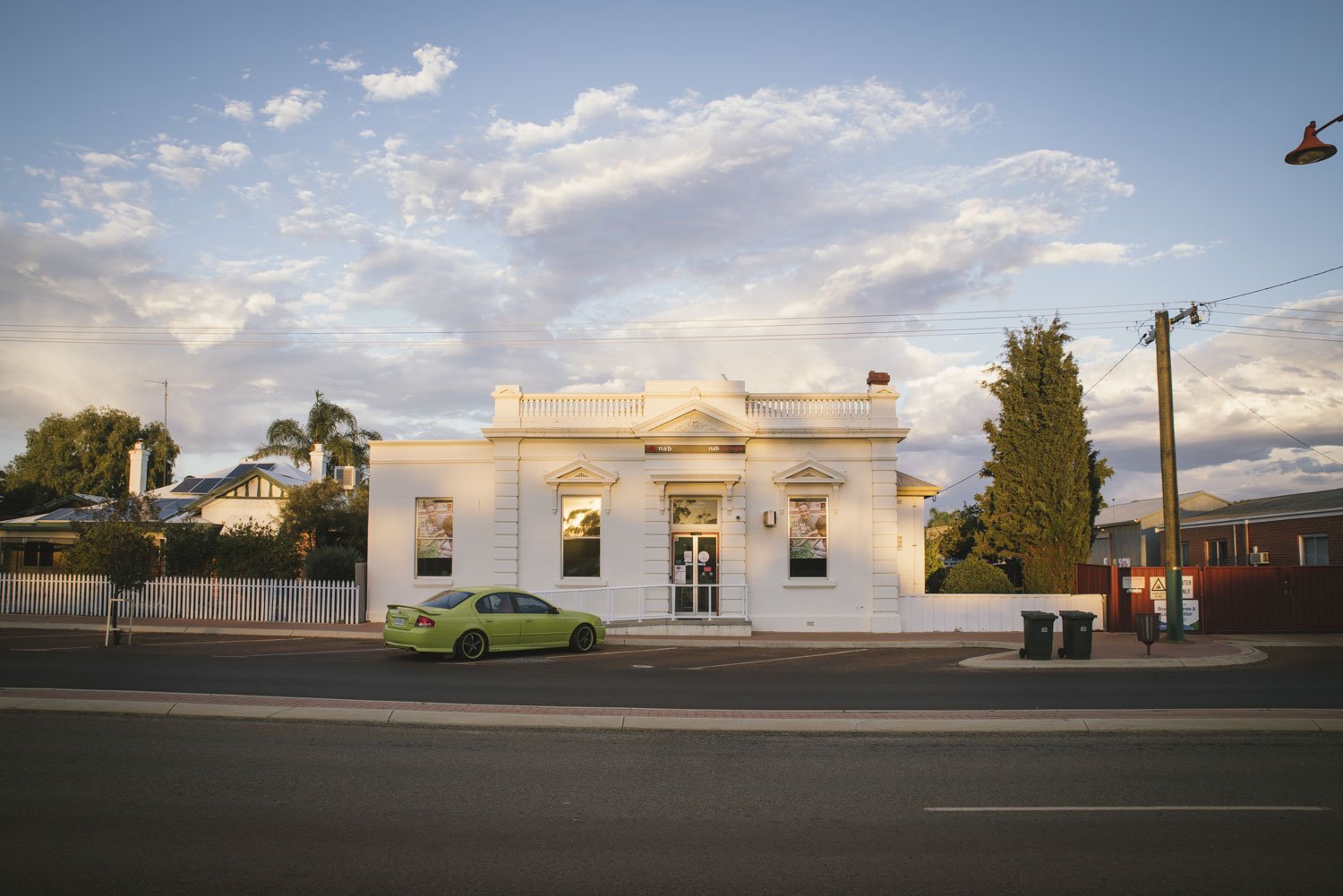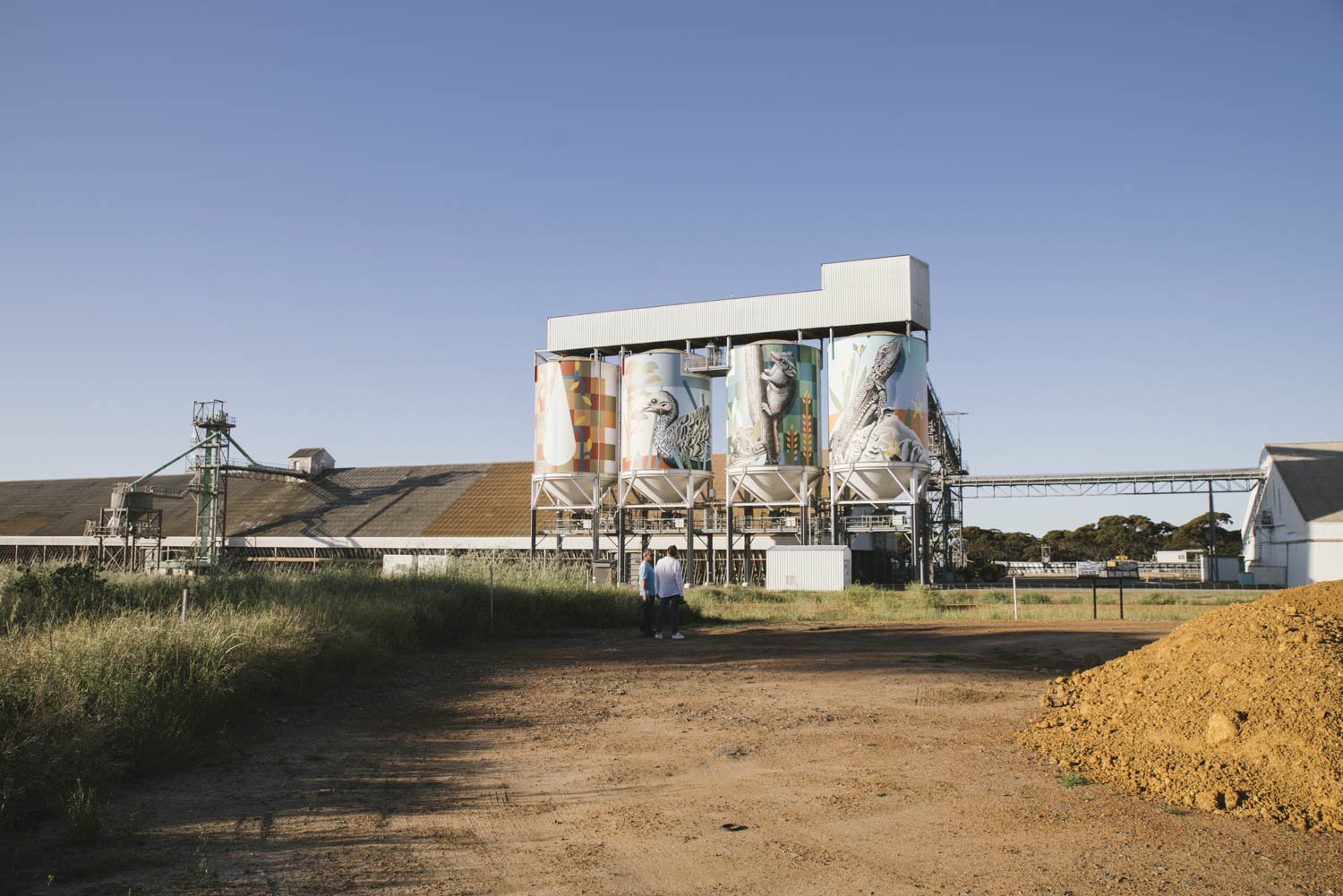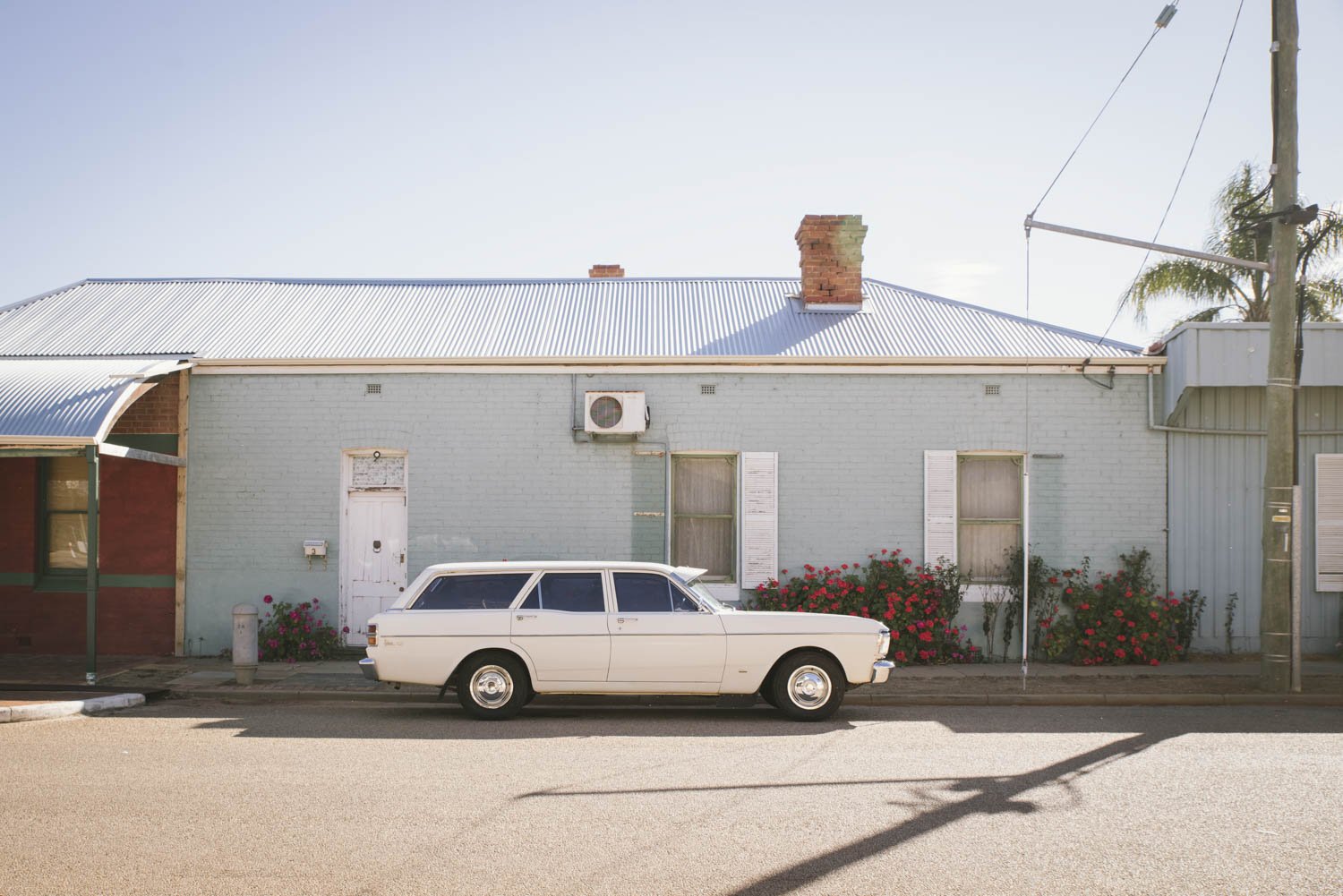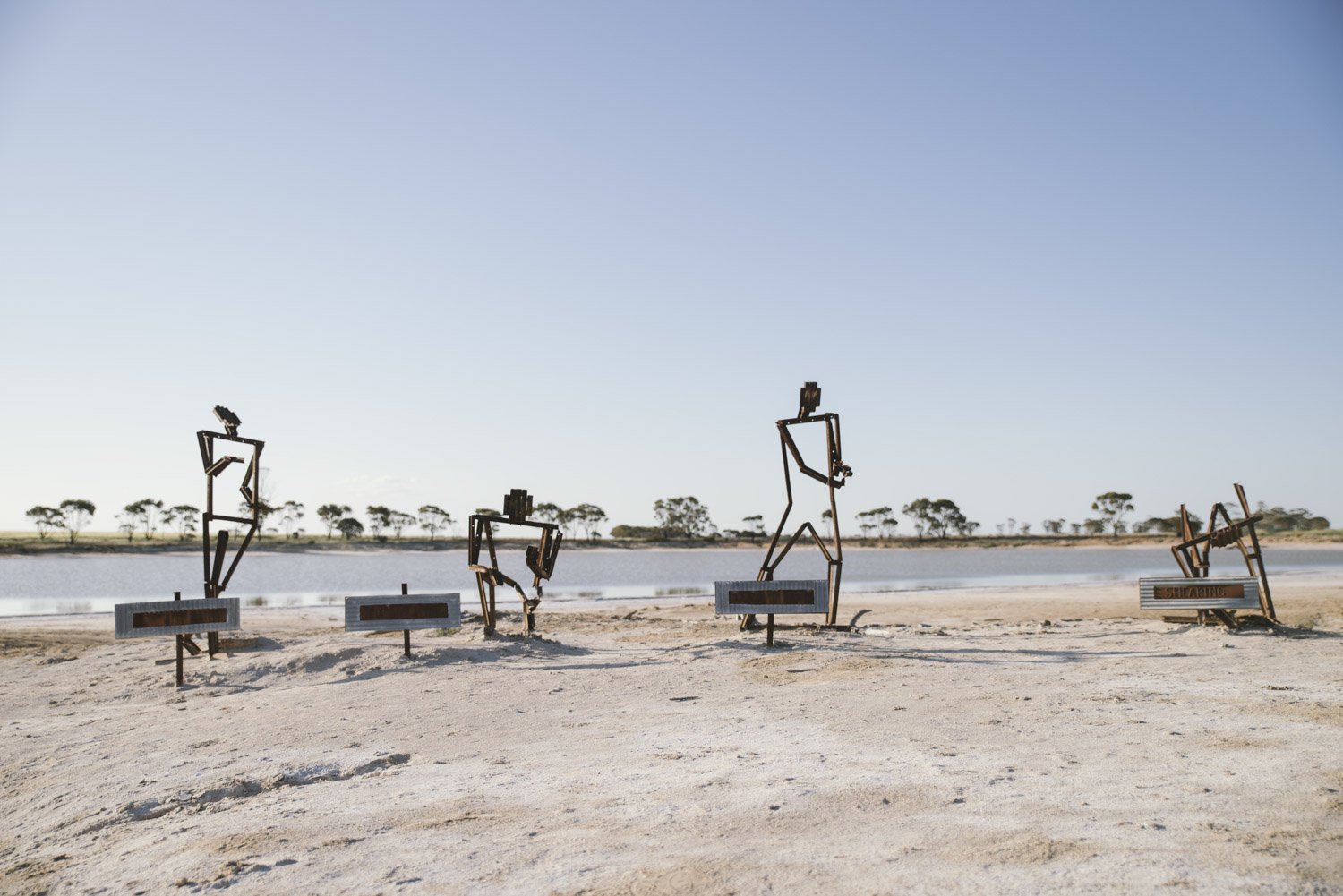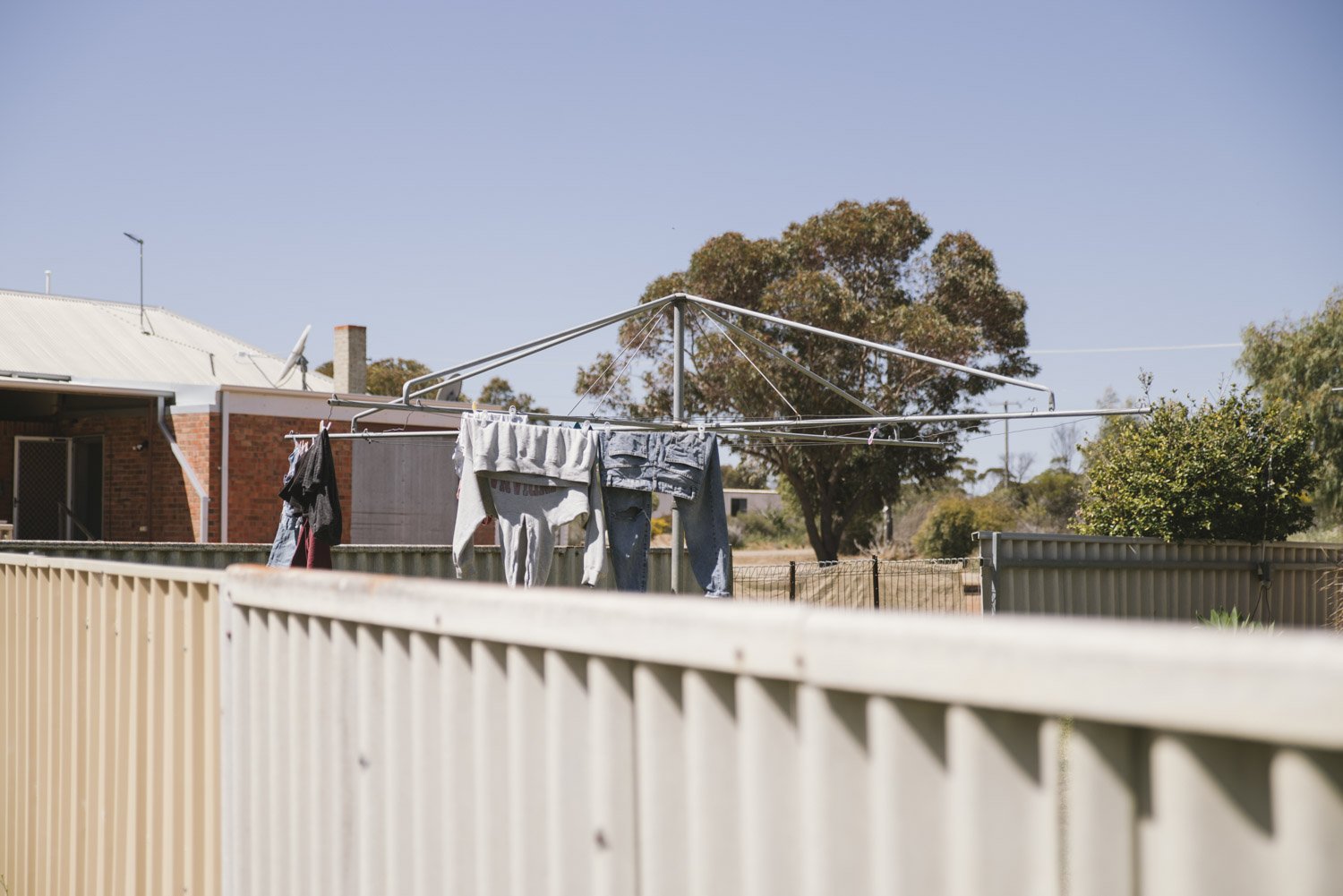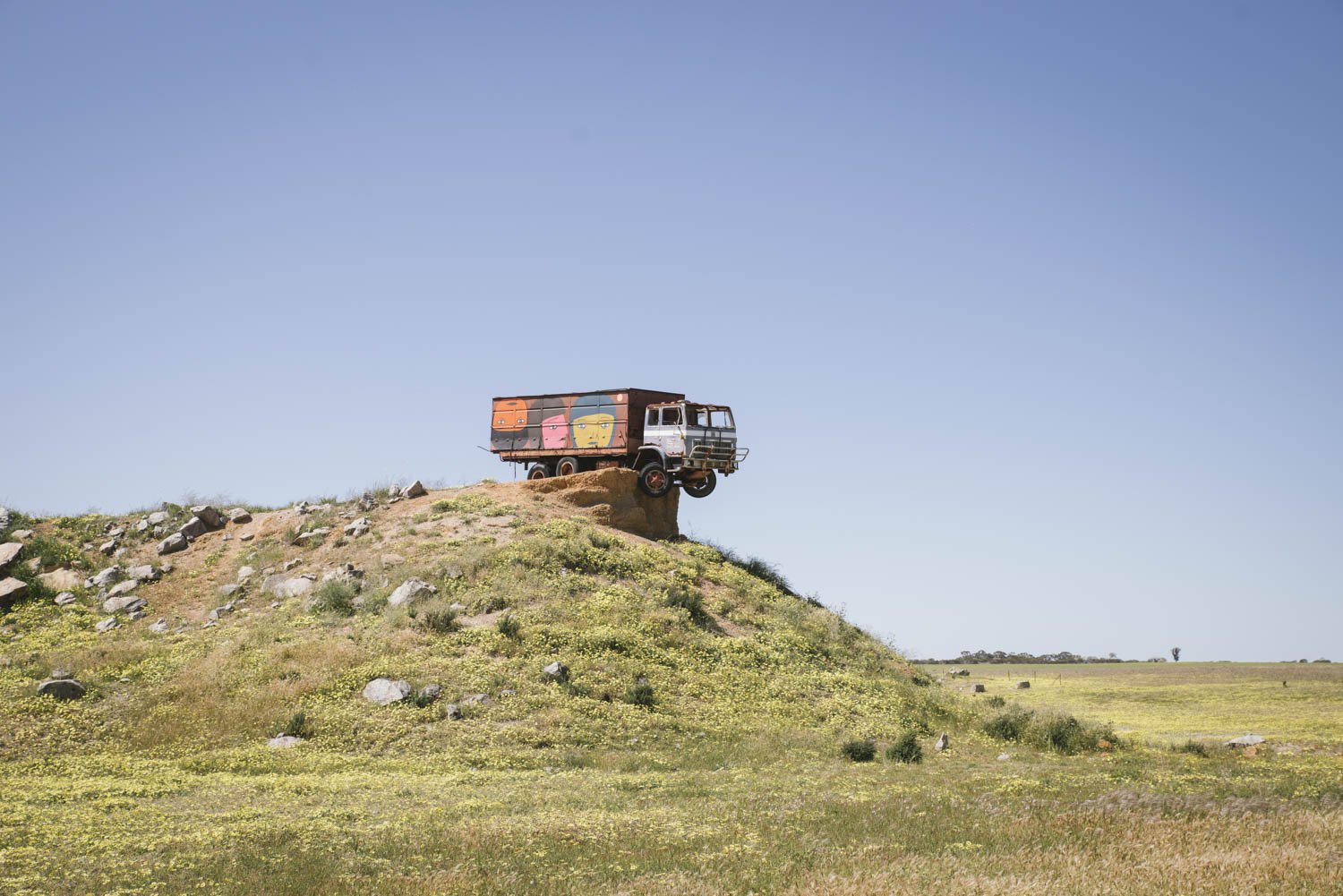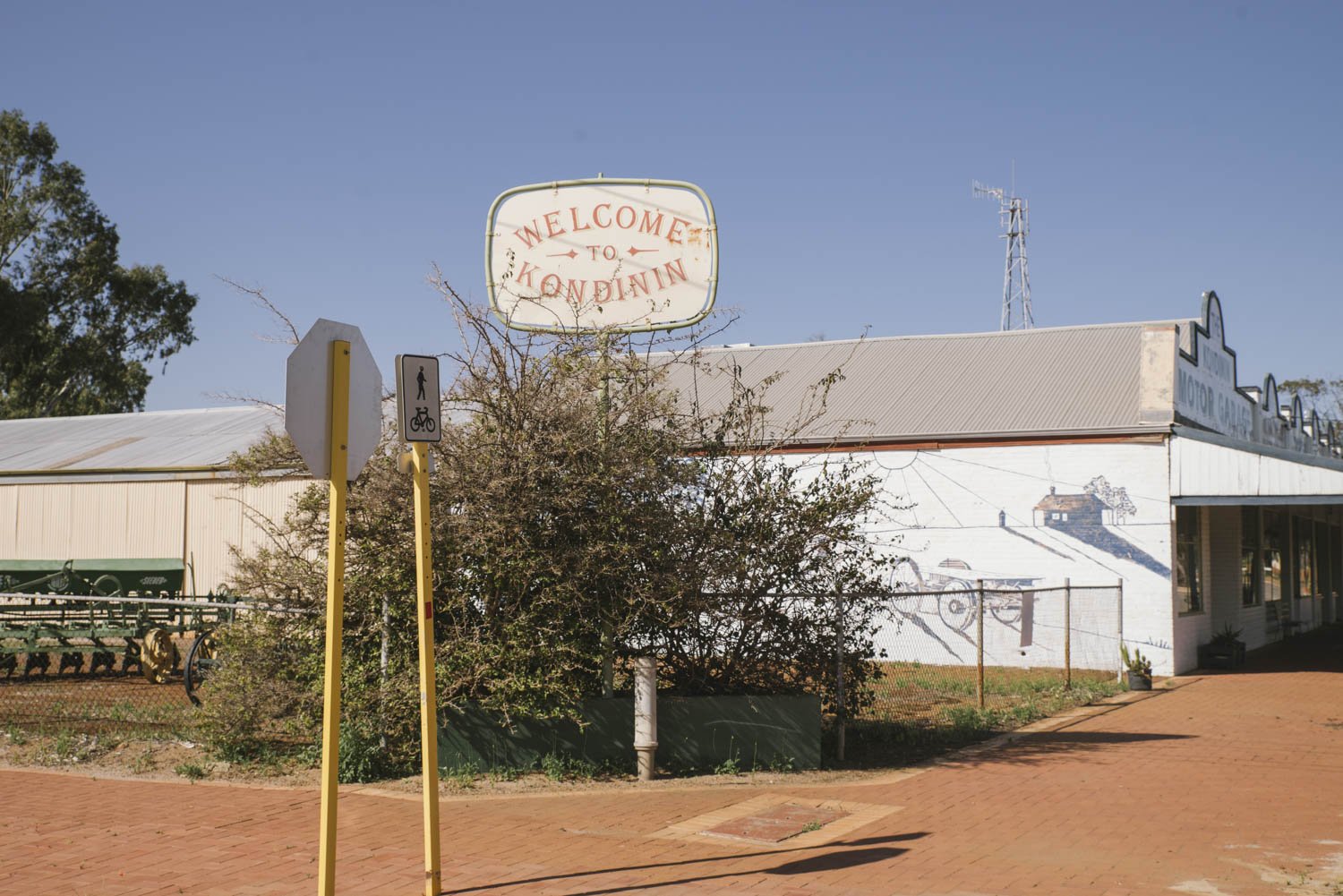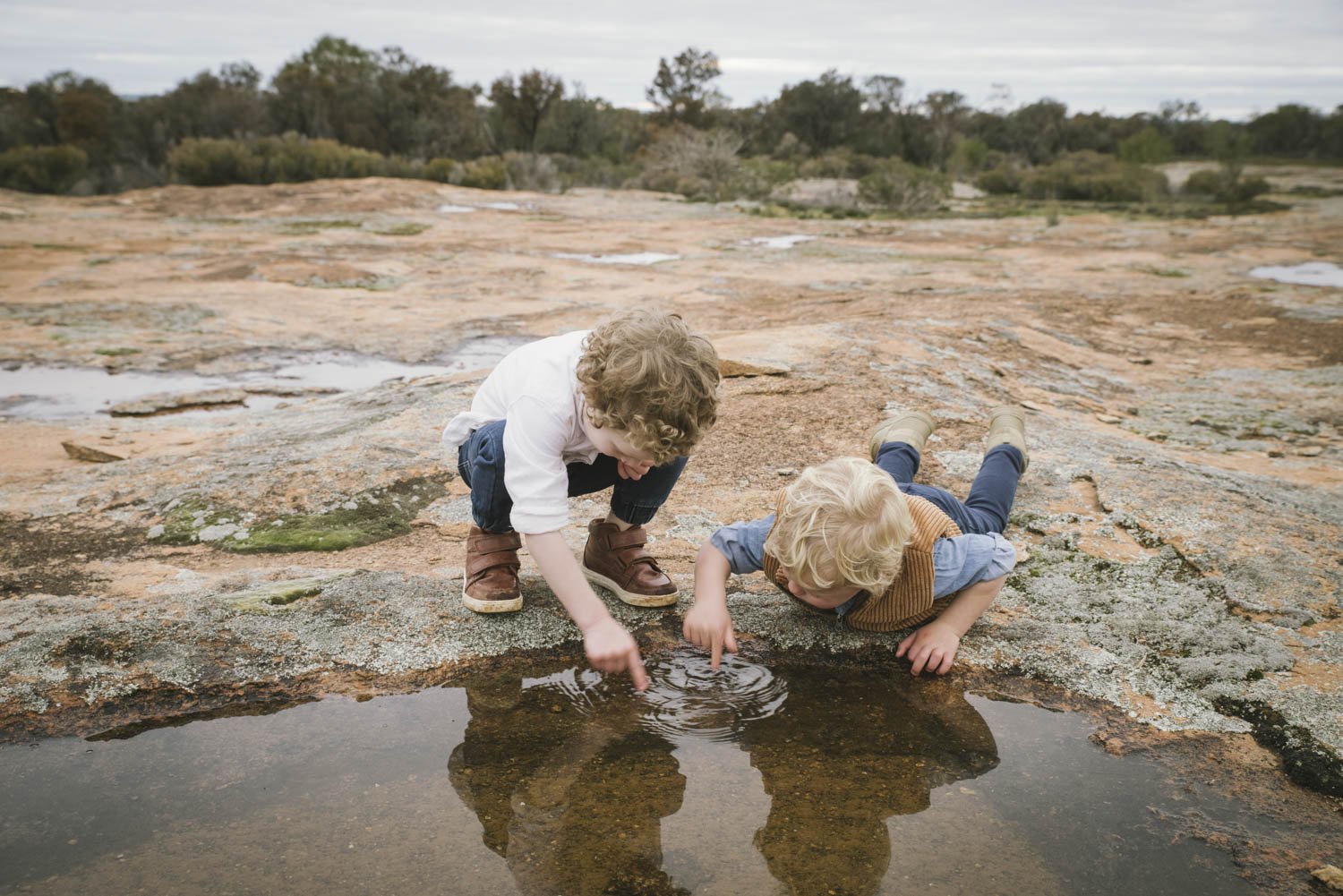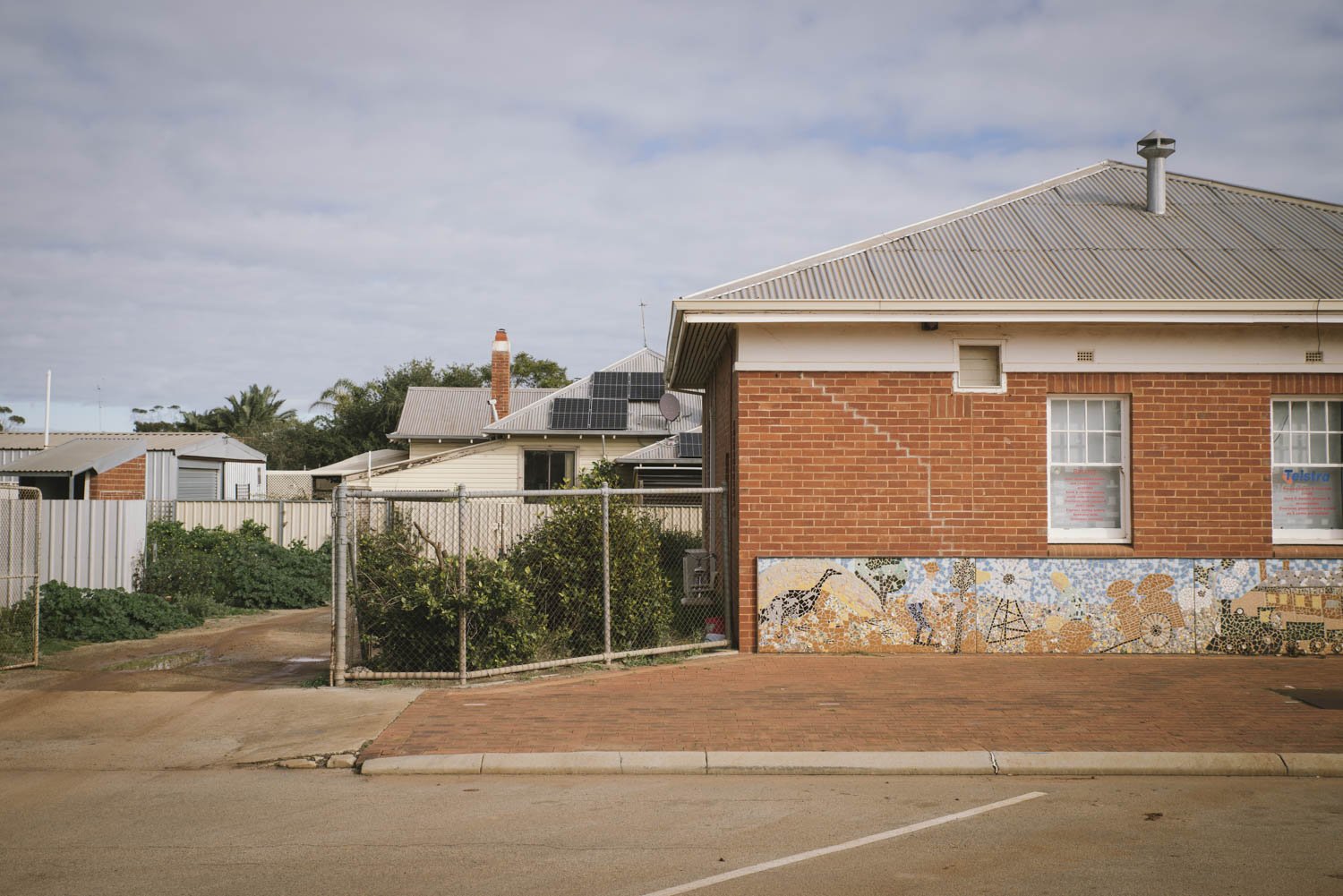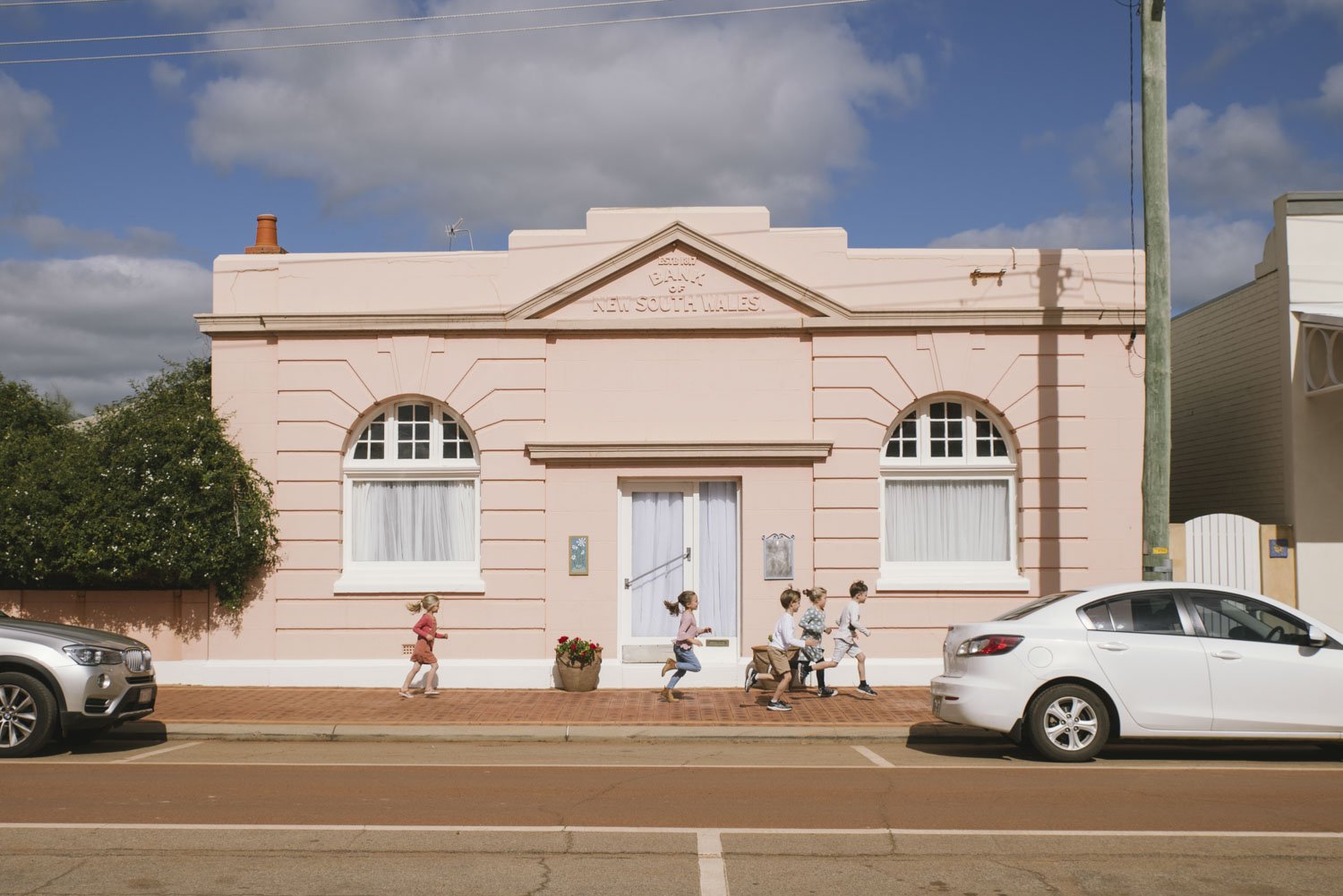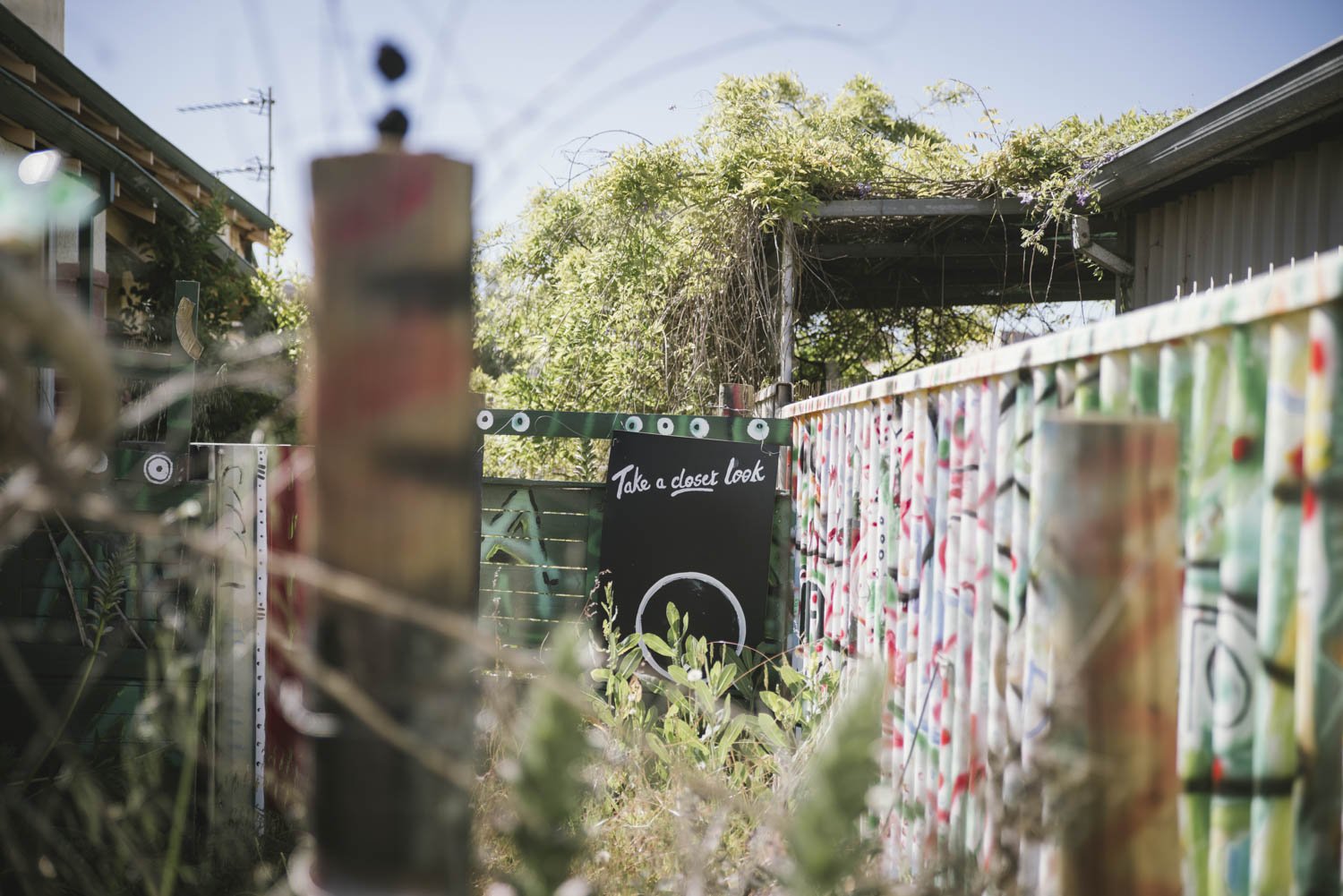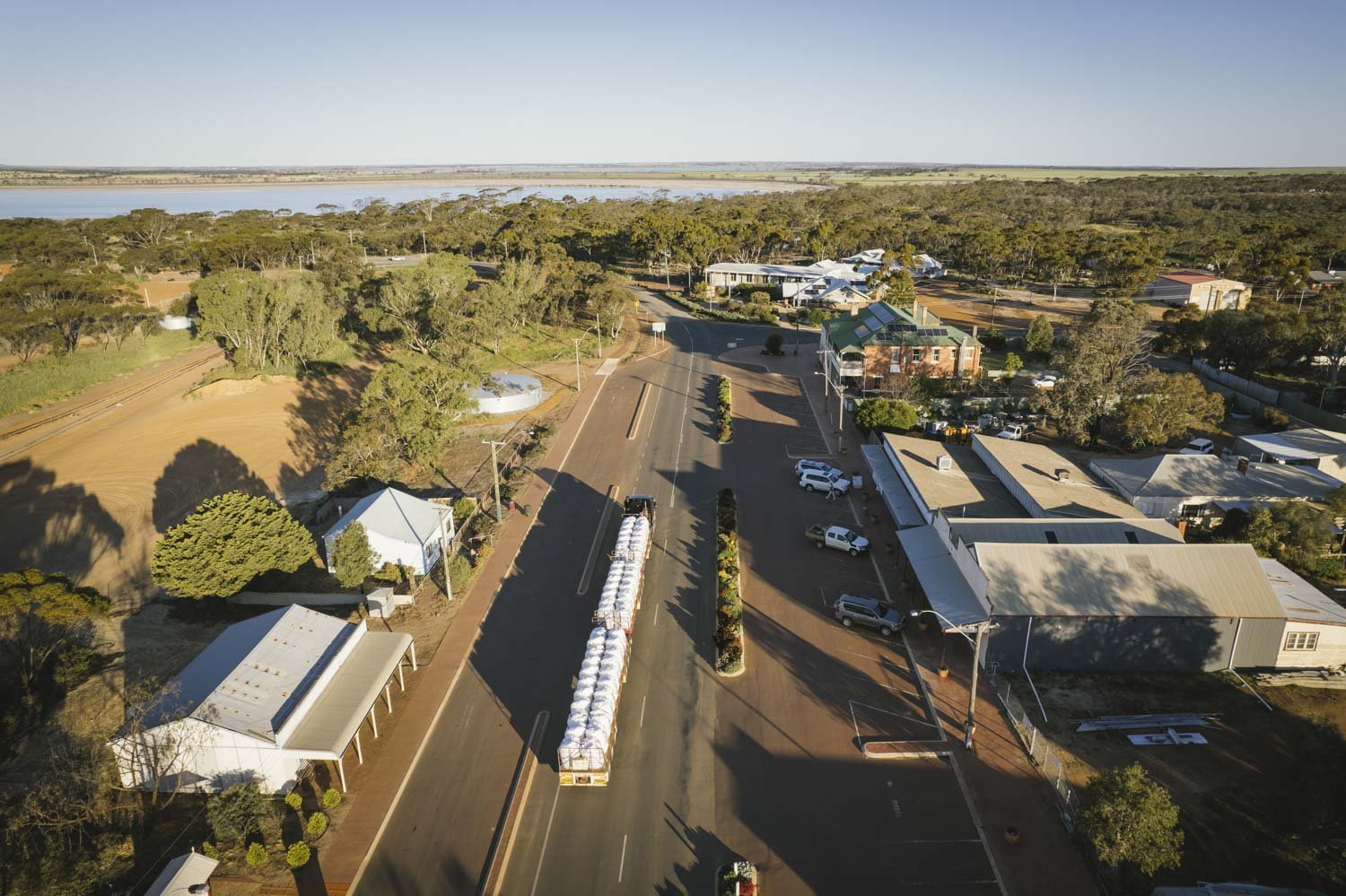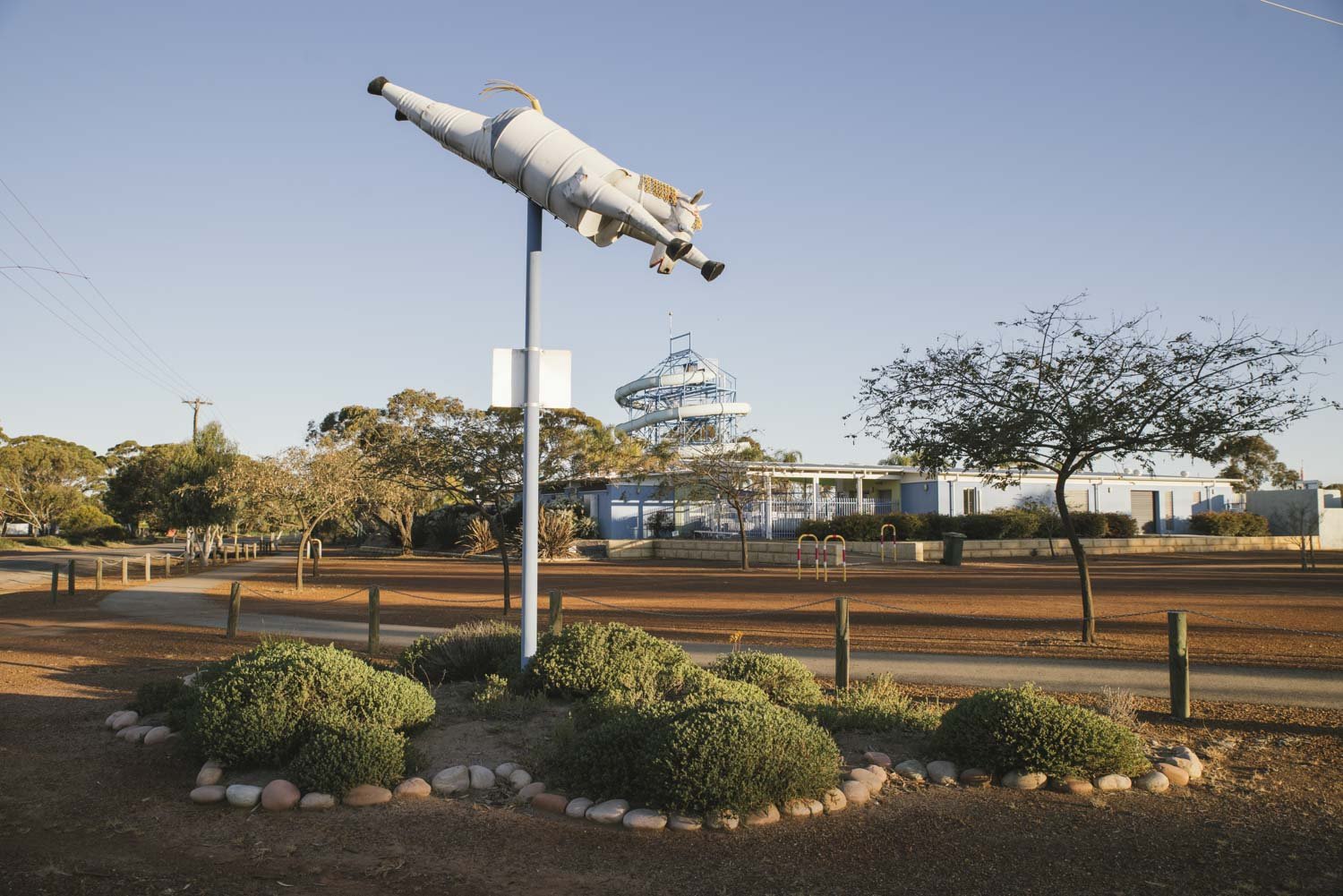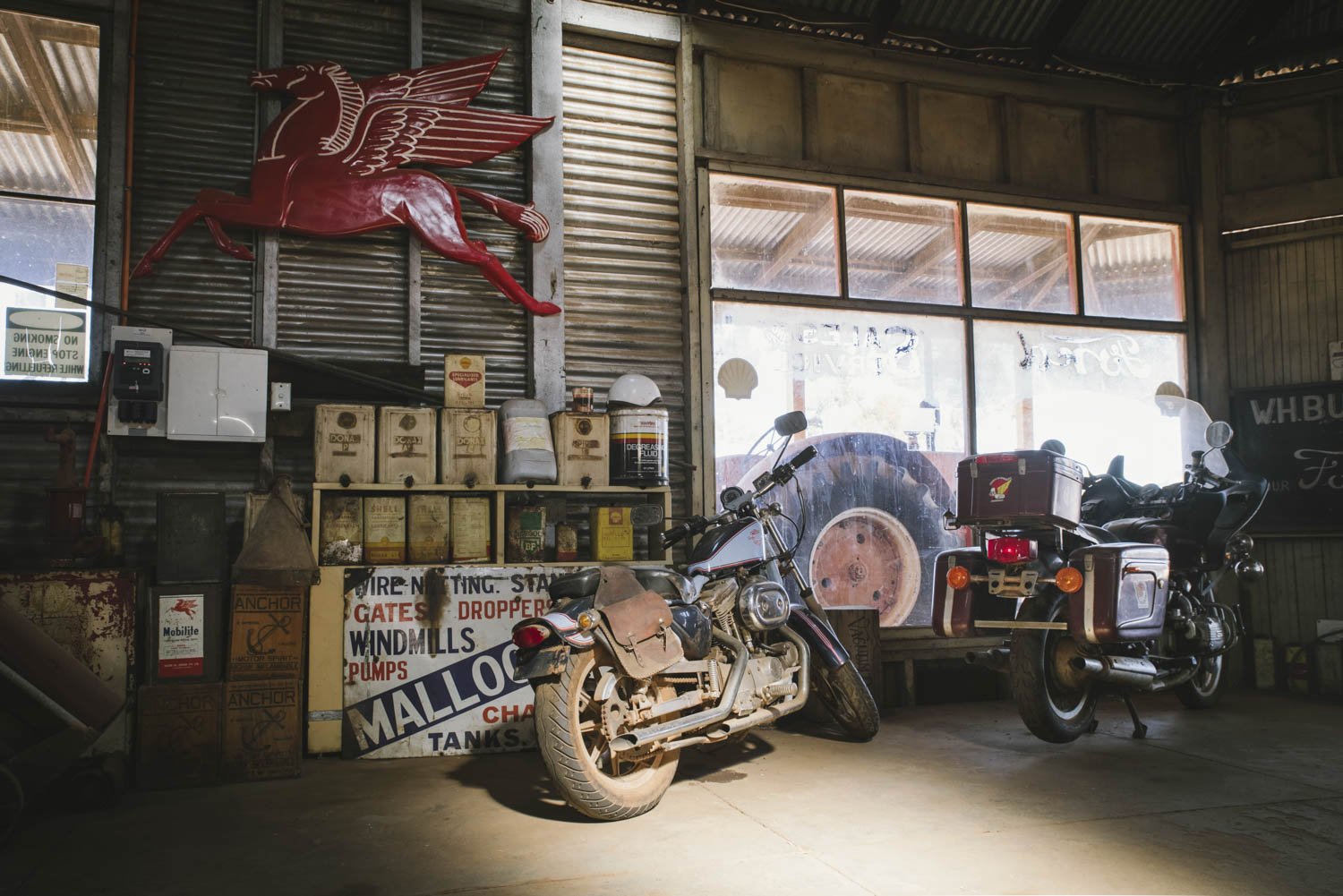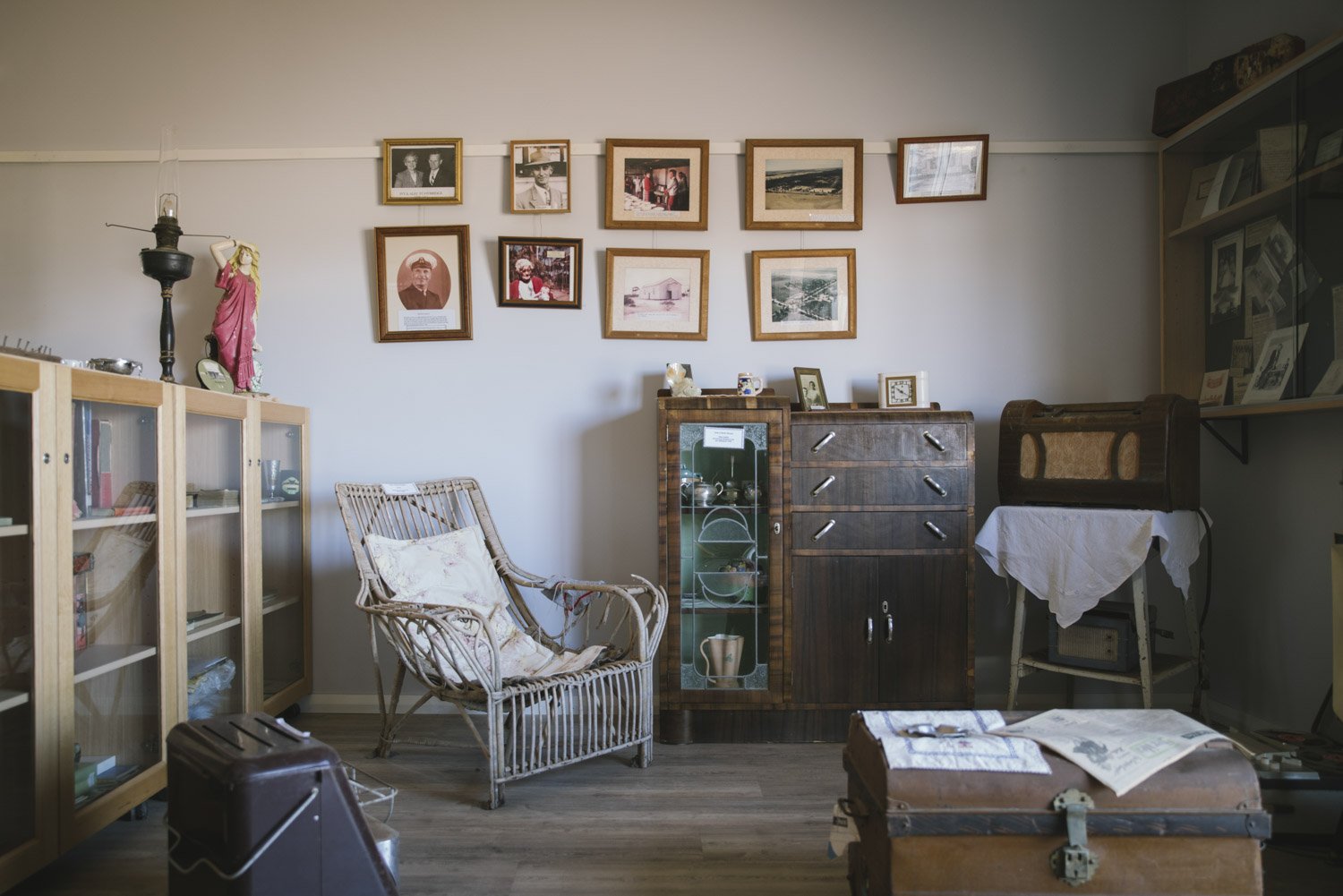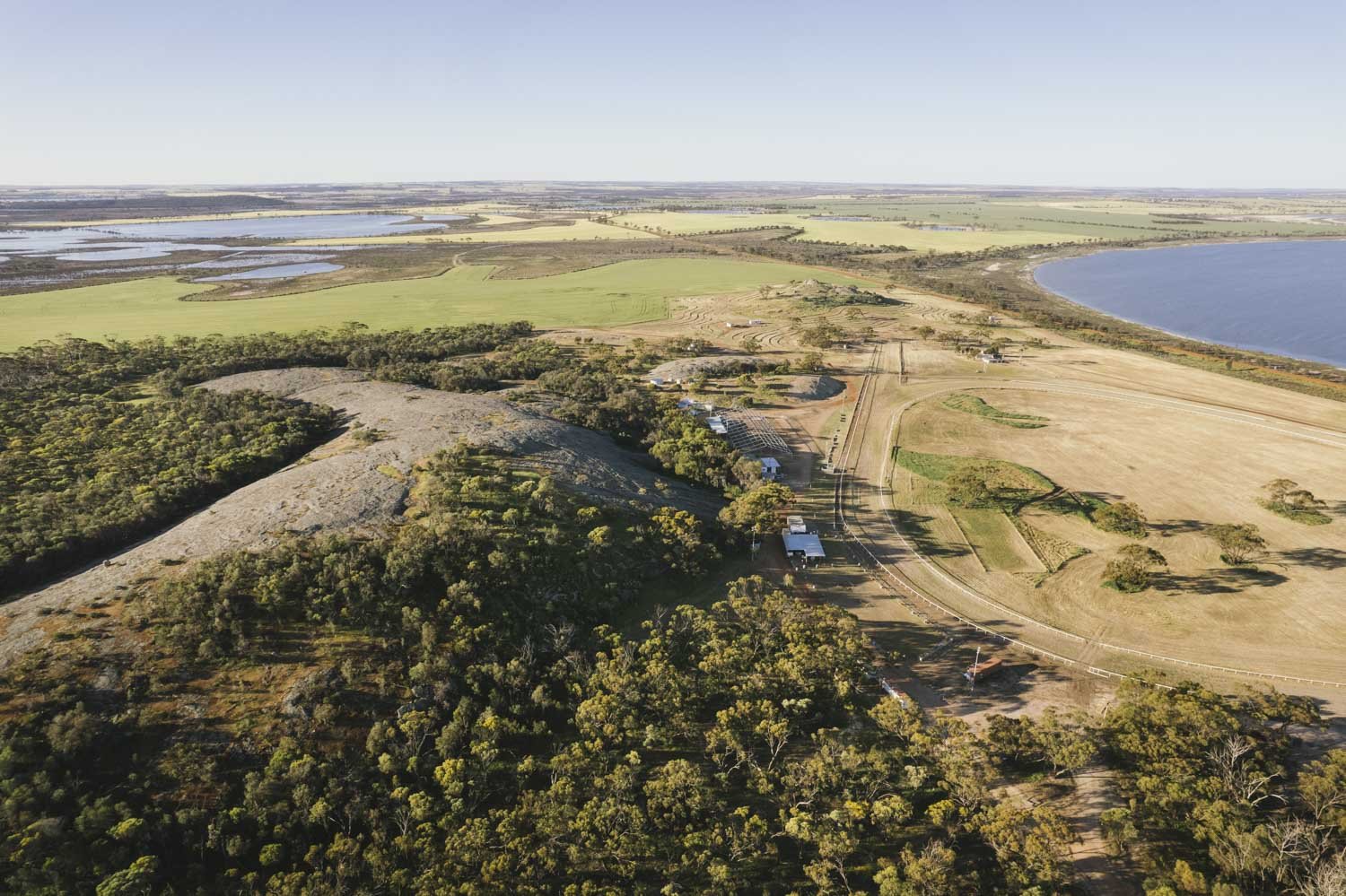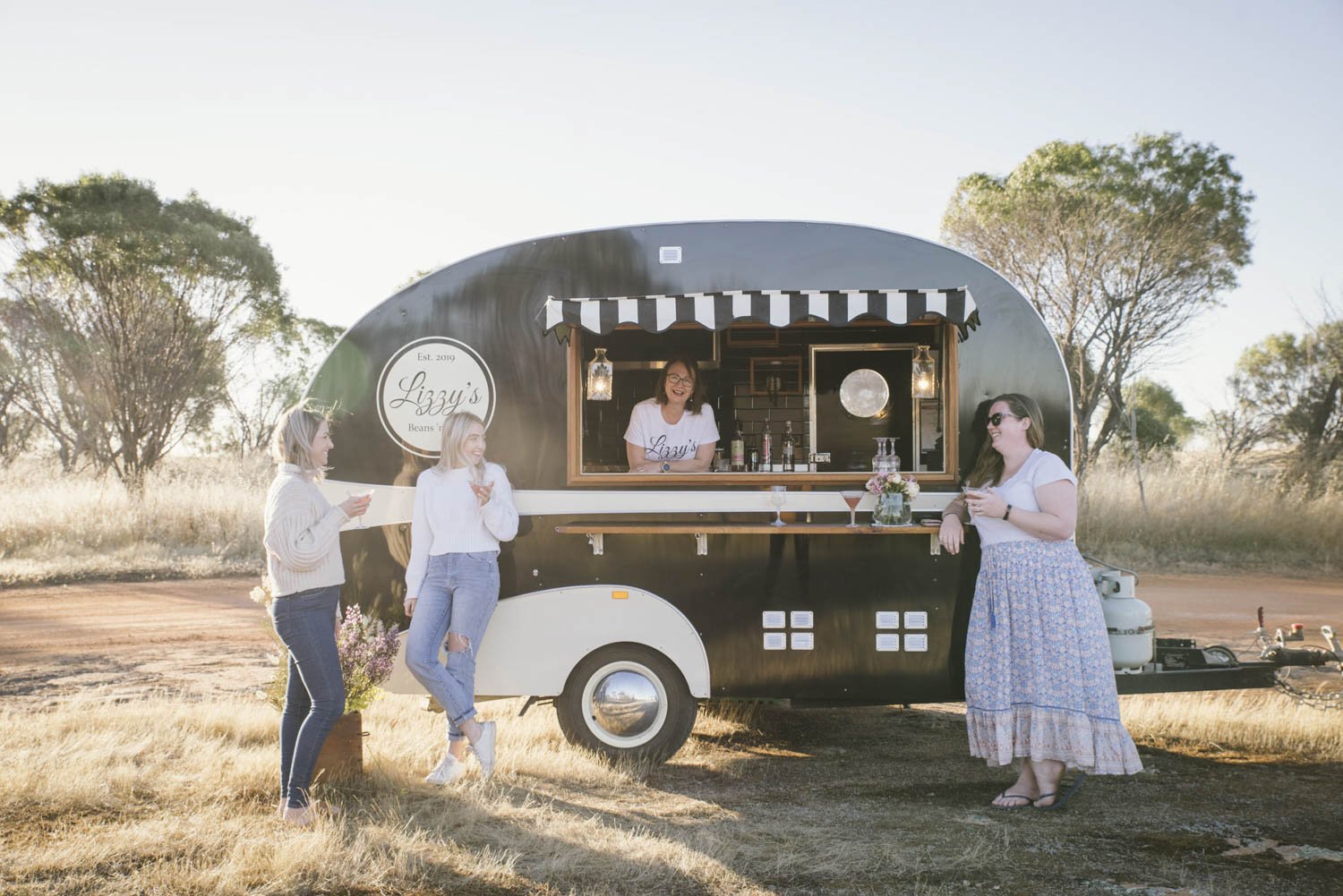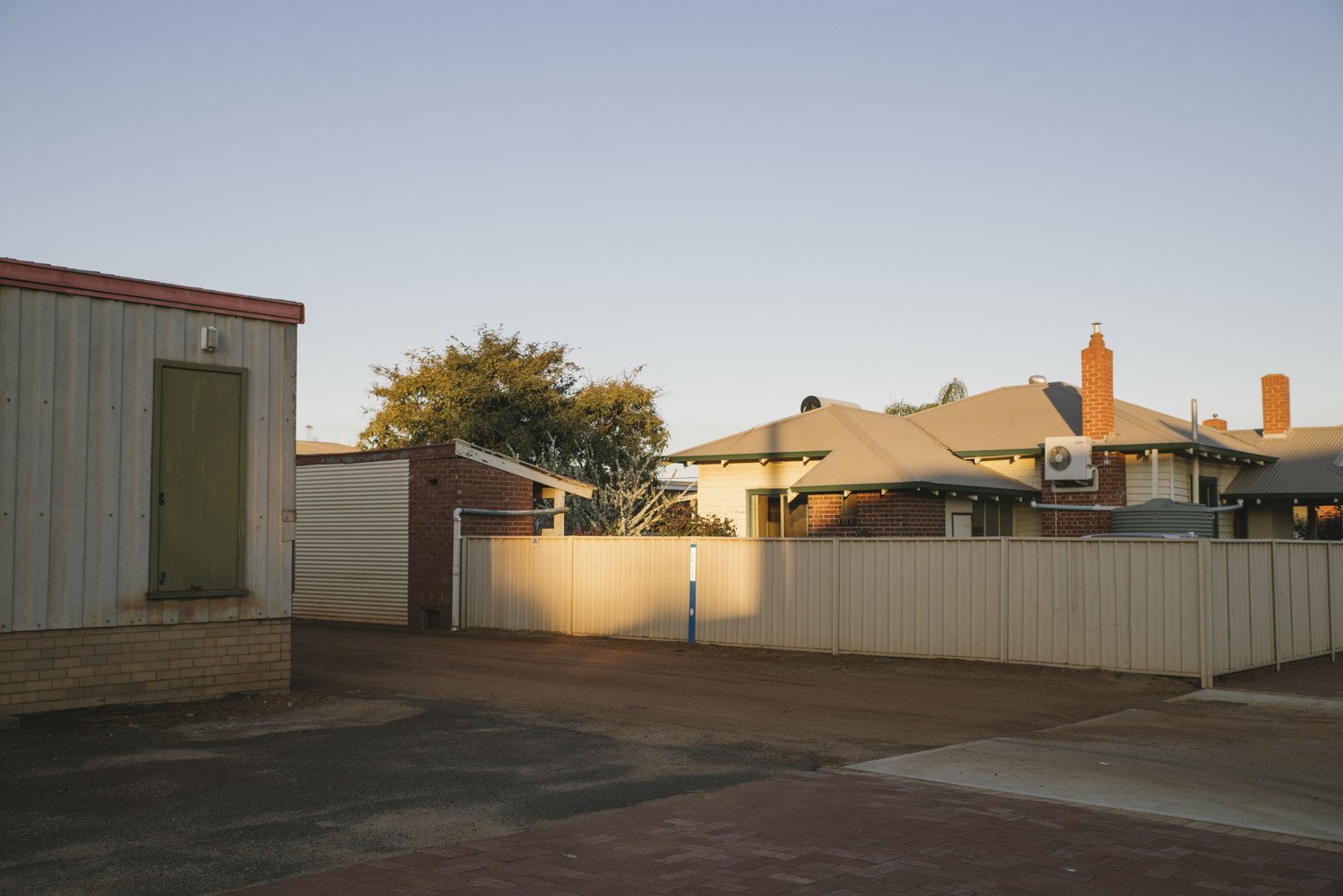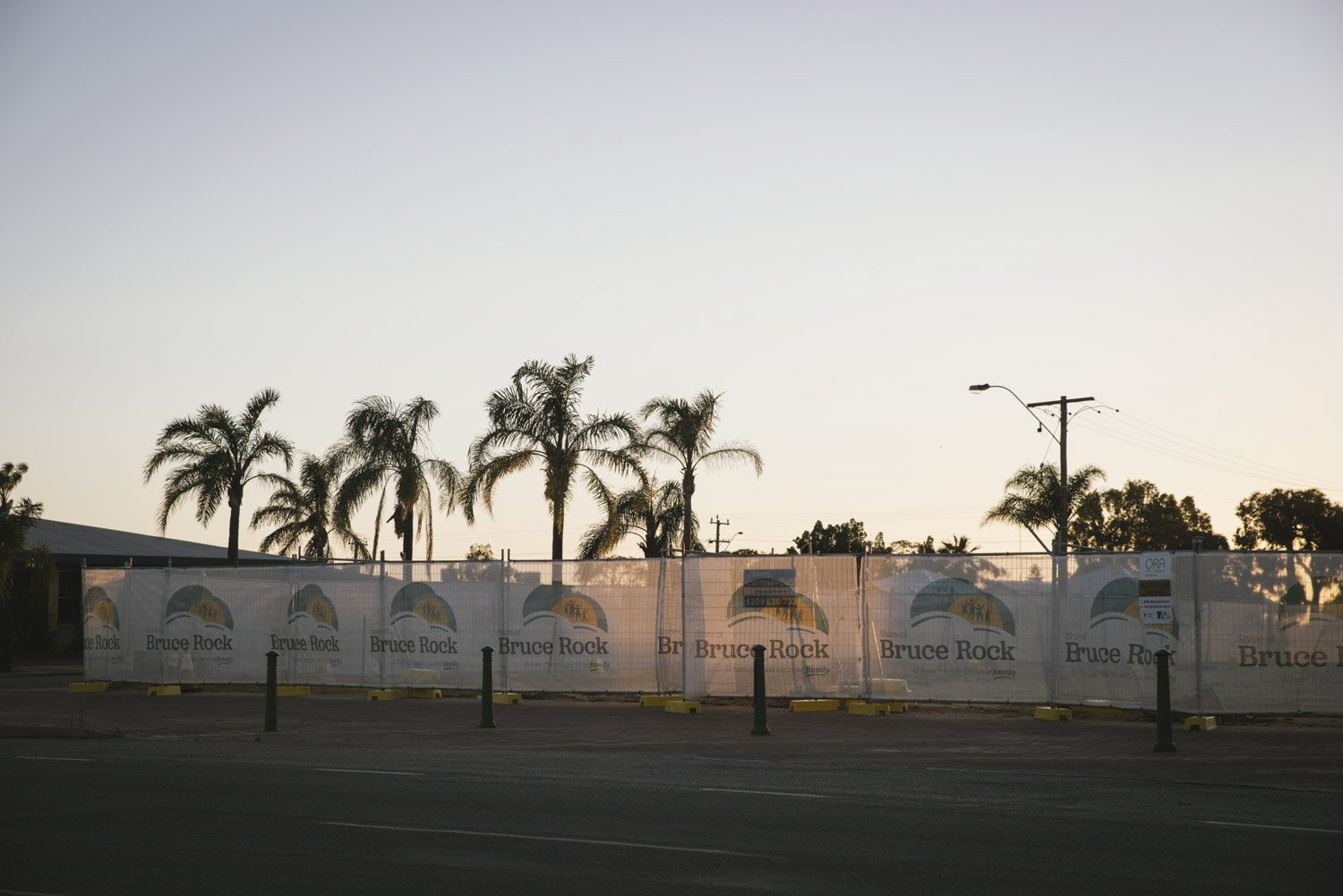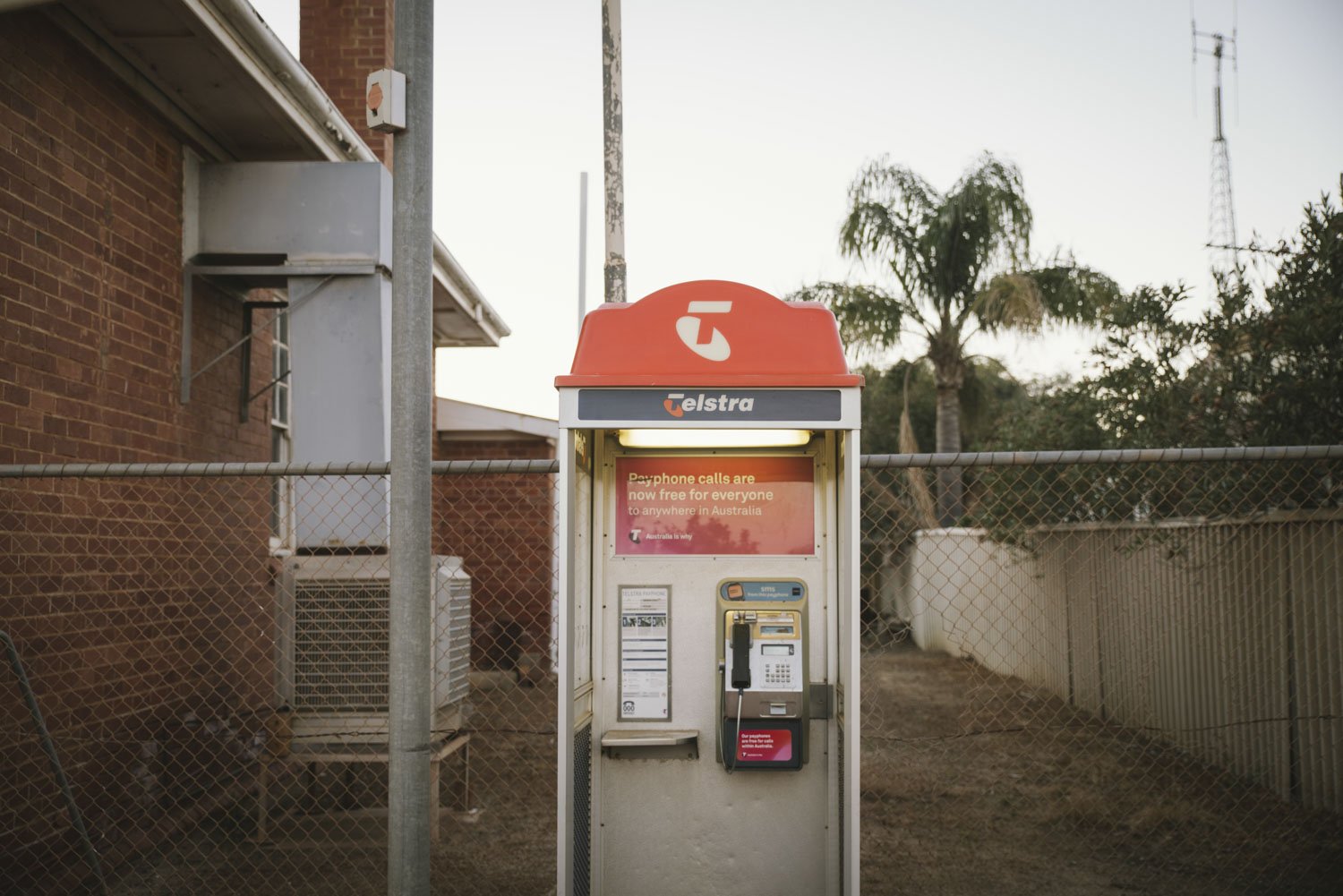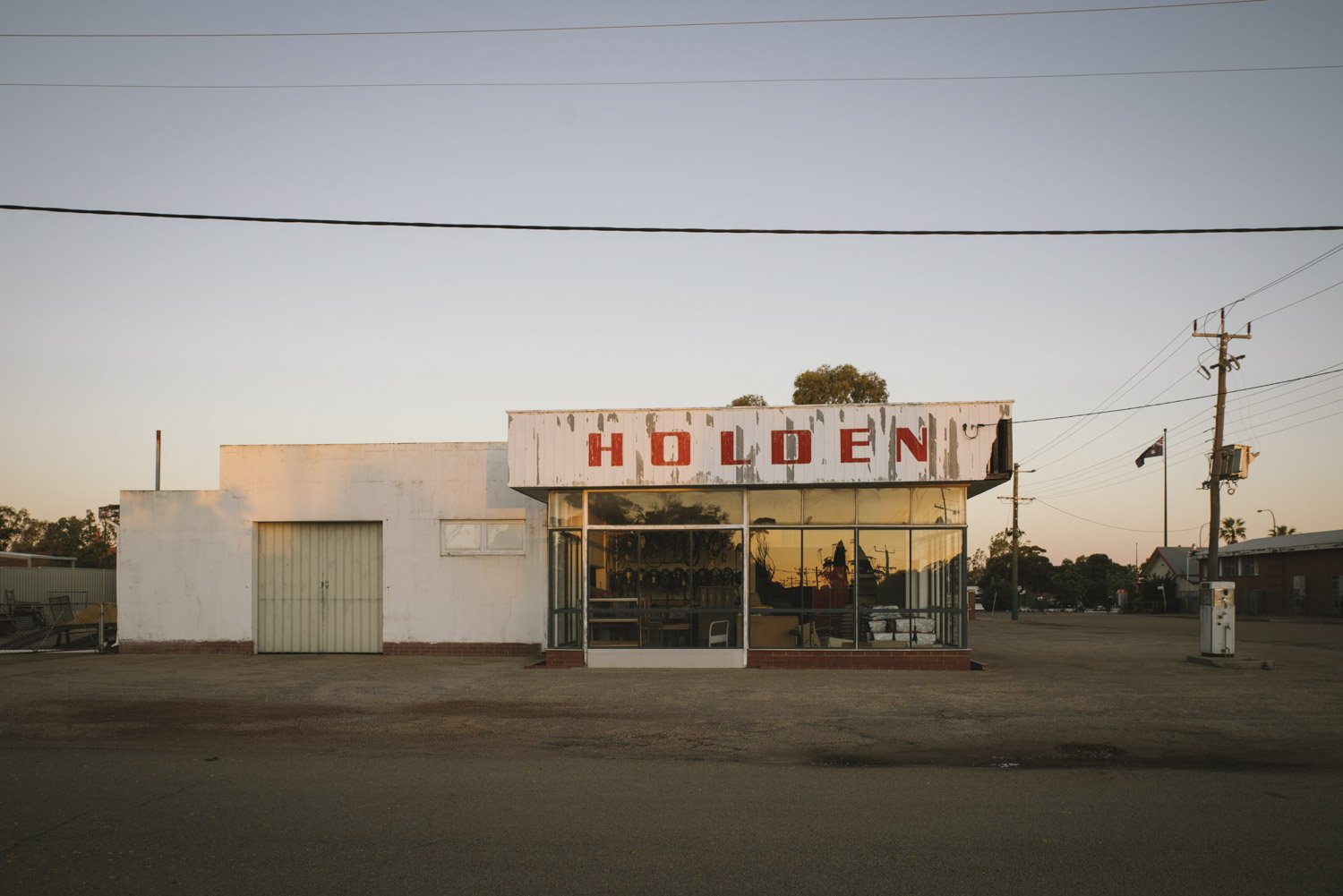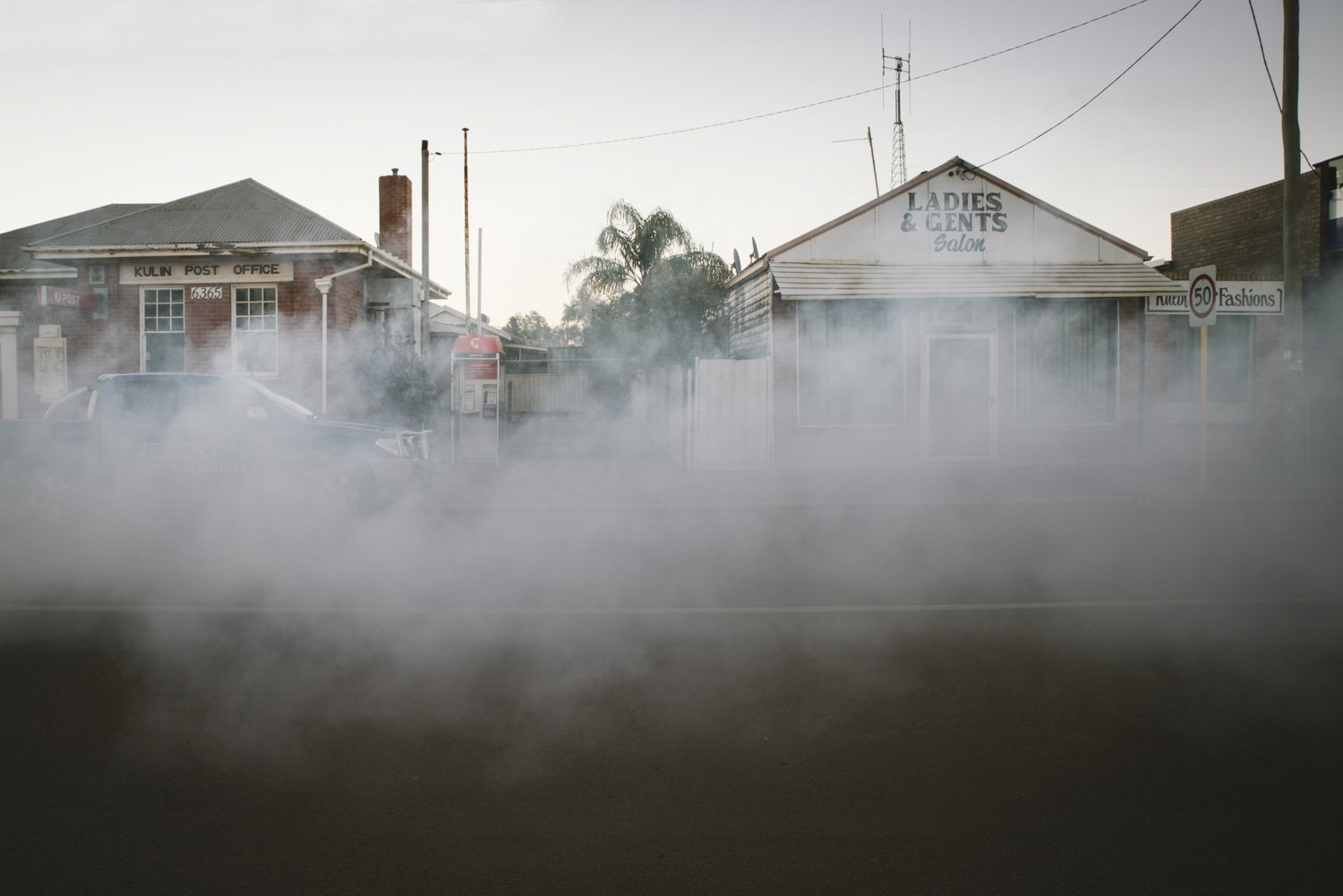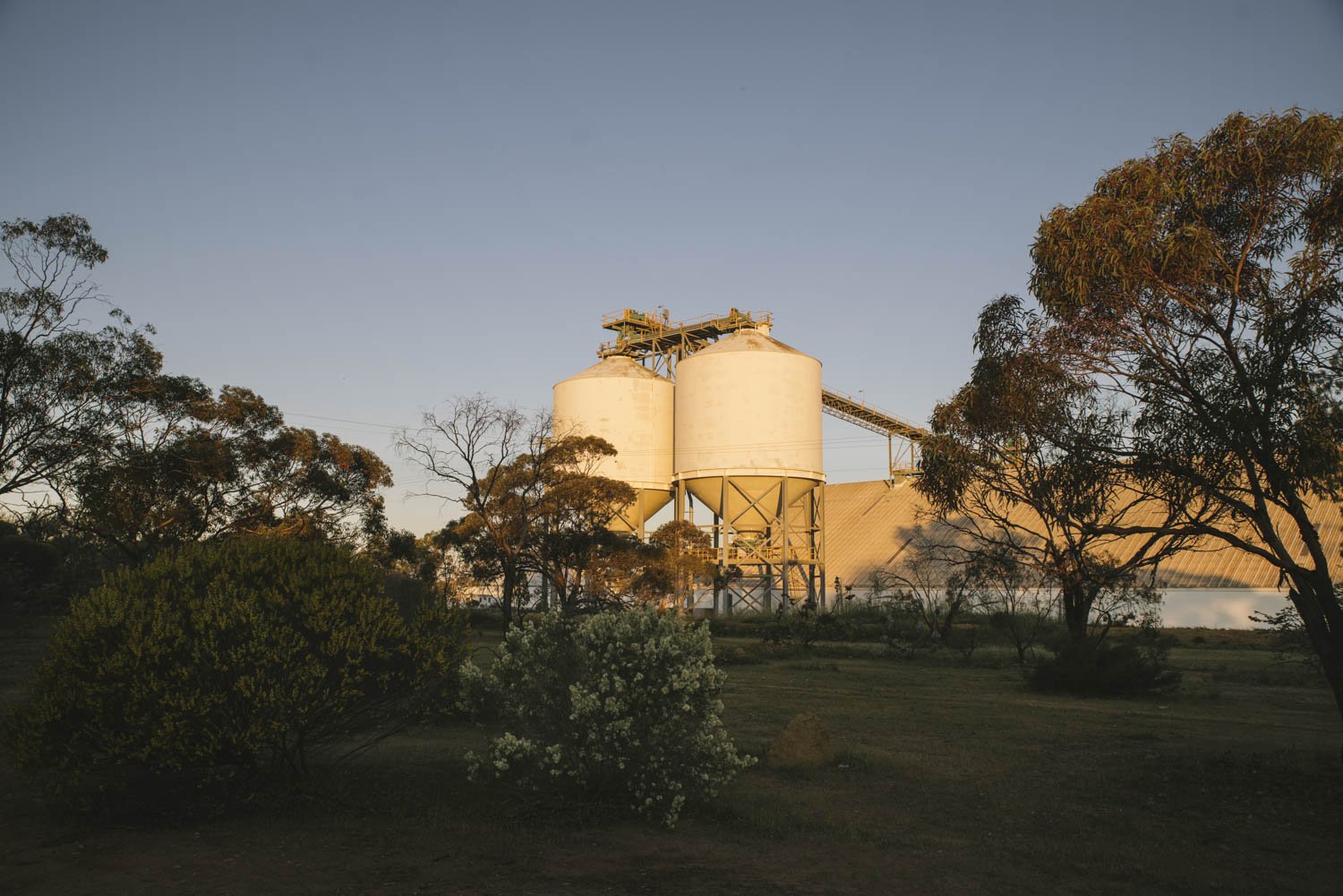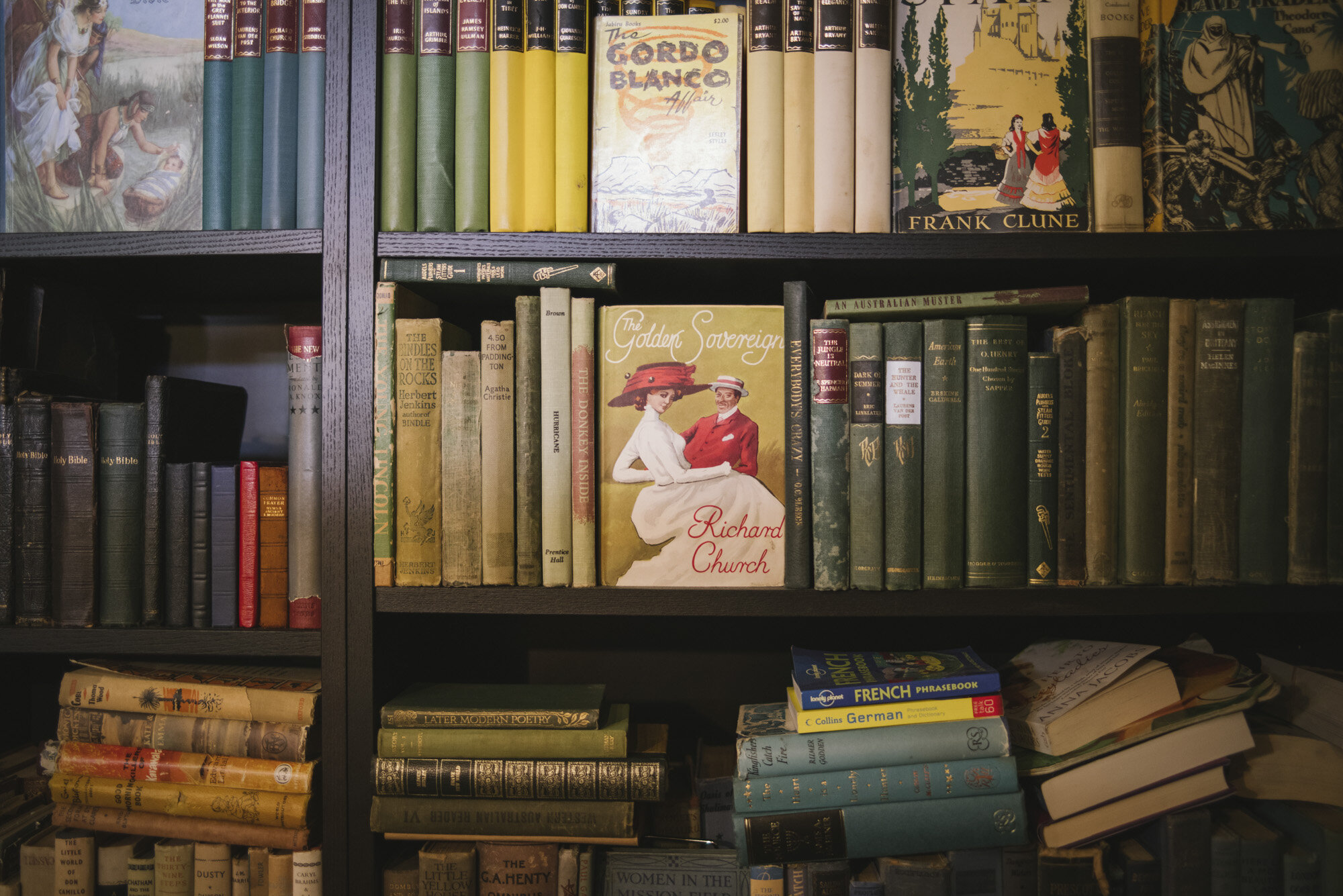As the year draws to a close, I’d like to thank all the amazing folk who have supported me in my business, and helped make 2024 such a joy for me.
When I look back over the last 12 months, I find that 90% of my work has come through regional clients located in the Wheatbelt, contributing to the wonderful mix of family, events, workplaces and rural landscapes you see below.
And while I’ll always love a heartfelt wedding or a crazy family shoot, my commercial, tourism and agricultural work has increased steadily over the past few years, to form the majority of the work I do now.
But by far the biggest change to my business in 2024, was the switch to a Sony mirrorless camera system, after being with Pentax for 38 years. Unfortunately Pentax announced they had no plans to develop a full frame mirrorless camera, so with my gear reaching the end of its usable life, I was forced to look into other brands - because mirrorless is where it’s at now. And although it took a bit of adjusting (in both shooting and editing) to get my ‘look’ right, the advancements that mirrorless cameras offer have made shooting so much easier, which put simply, means a better overall result for my clients.
This past year has also seen me increase my involvement with Northam Women in Business by becoming a committee member, to both shoot and organise many of the events and small workshops run by this amazing group of local business women. I also joined Wheatbelt & Beyond Youth Mentoring, and have begun mentoring high school students at some of our District High Schools, which has been incredibly rewarding. And with 2025 approaching, I see myself continuing both this and the wide variety of photographic work that I do, with the expectation that the next 12 months will be as rewarding as the last 12 months have been.
So following are 24 images that I feel best represent both my style, and the people and places I’ve collaborated with throughout 2024. Just a random mix showcasing the variety of work that I do, which I feel incredibly honored to have been part of – and all thanks to you, my fabulous clients!
Have a wonderful Christmas and New Year, and I’ll see you all again in 2025!



























